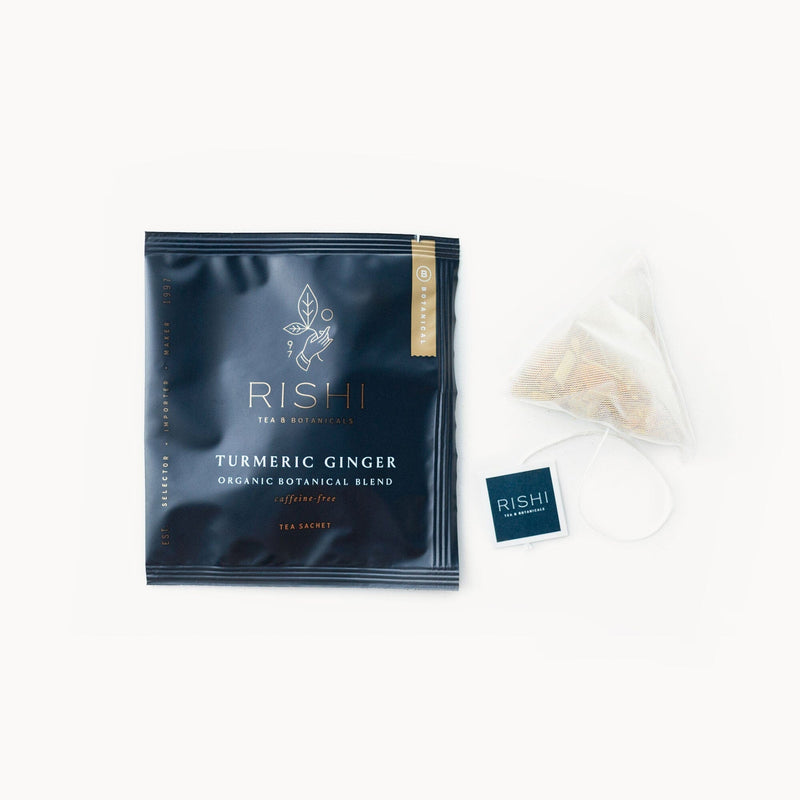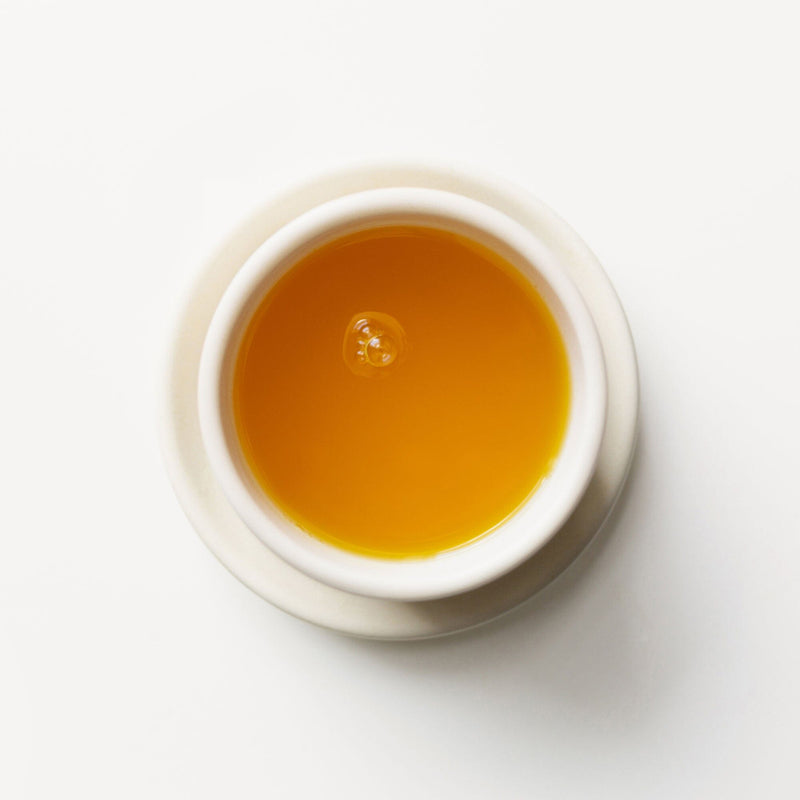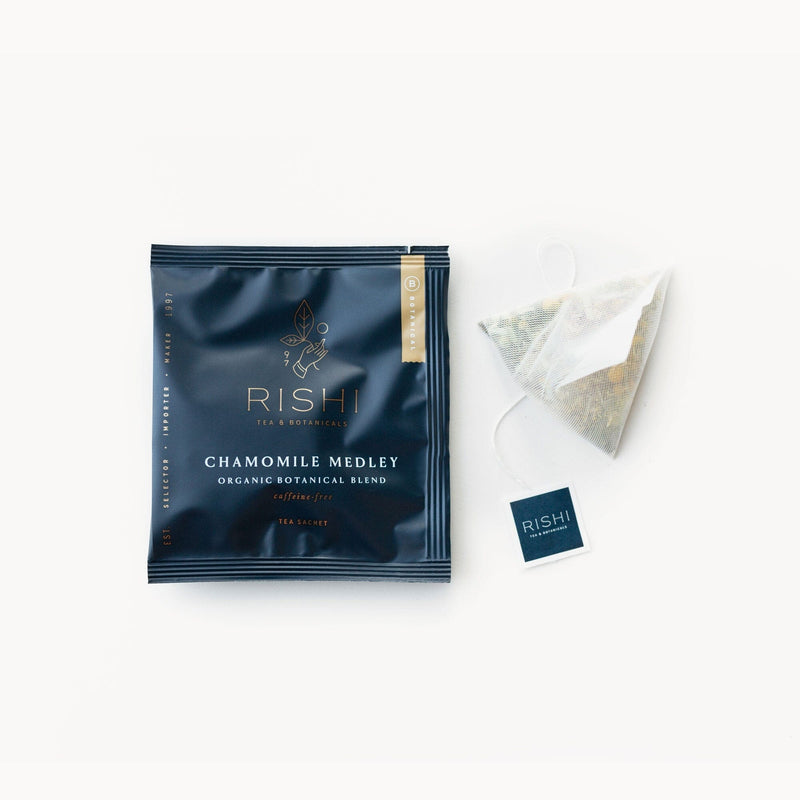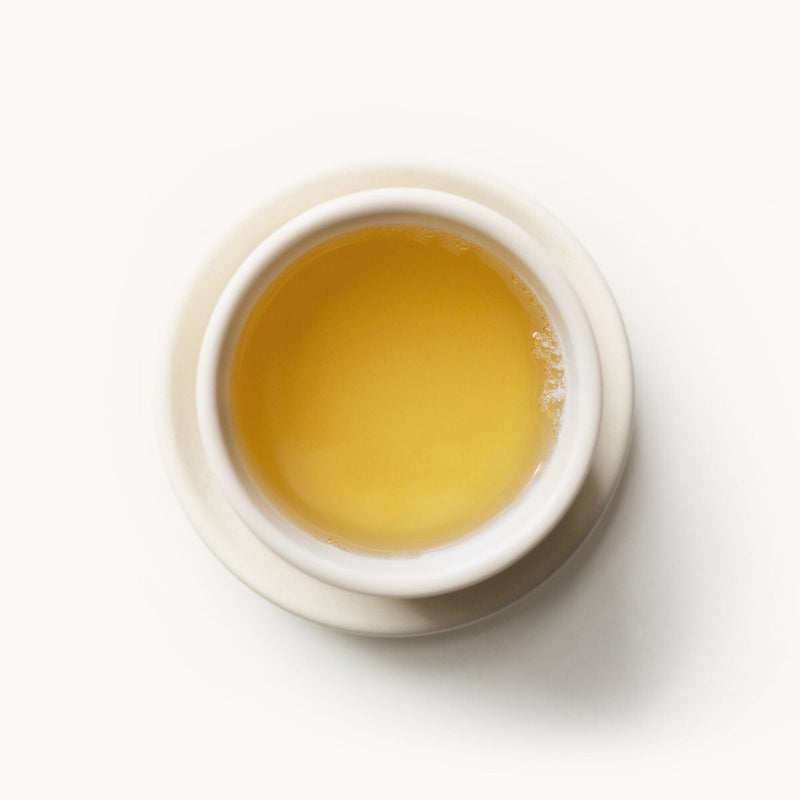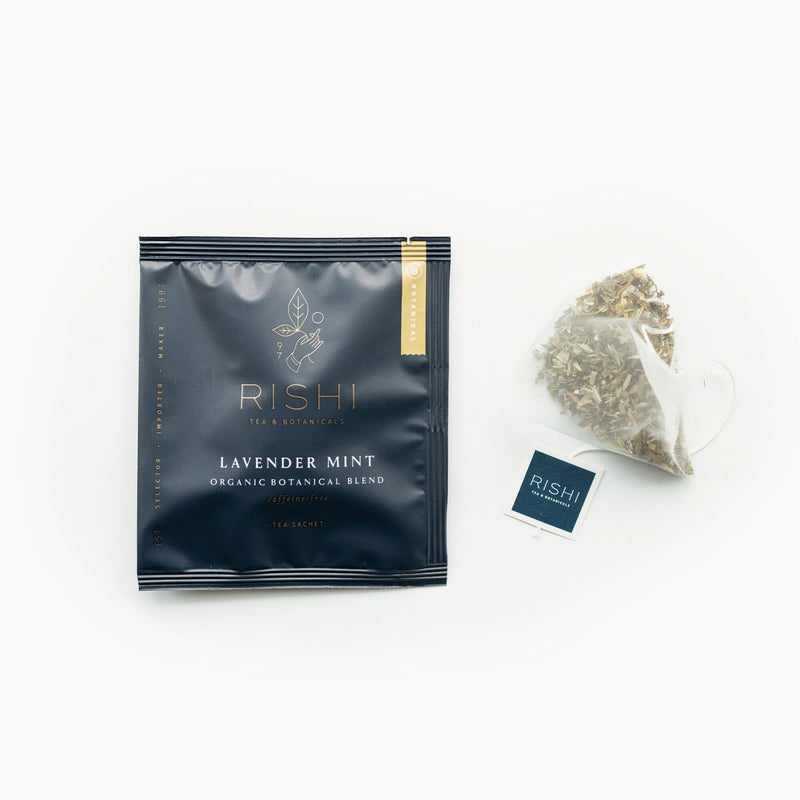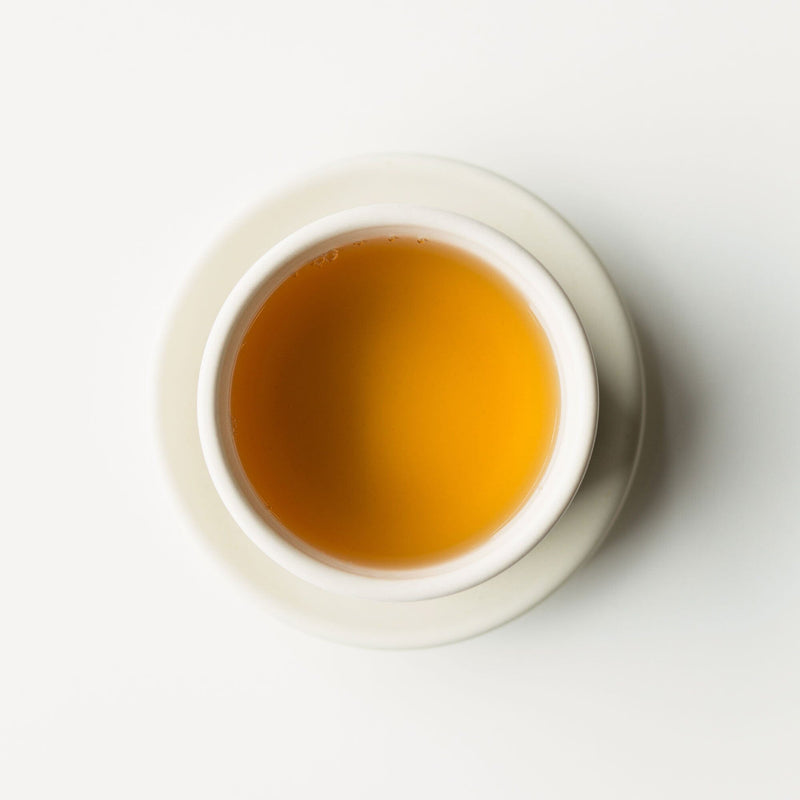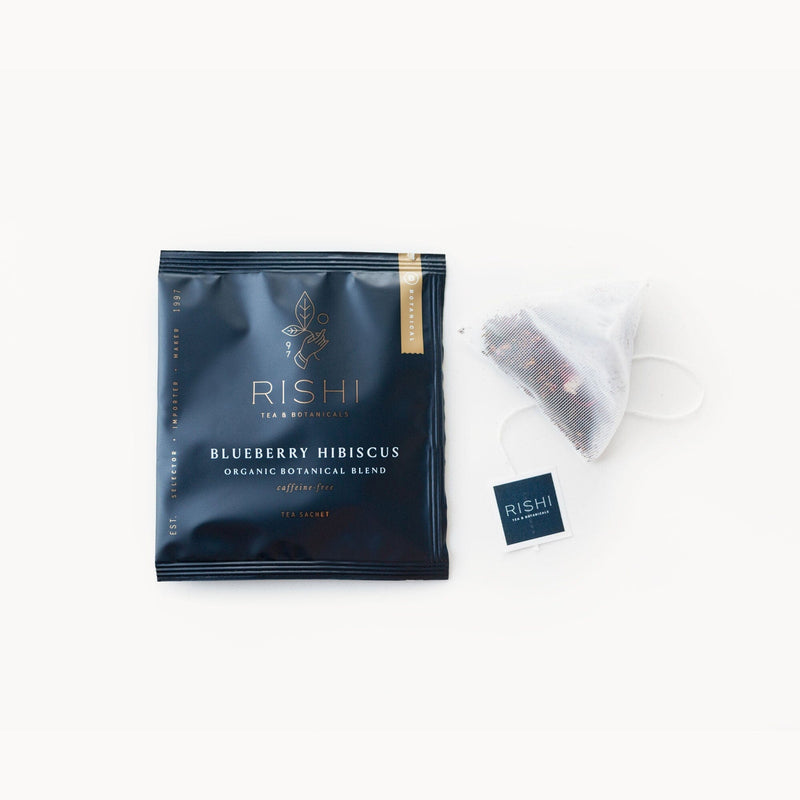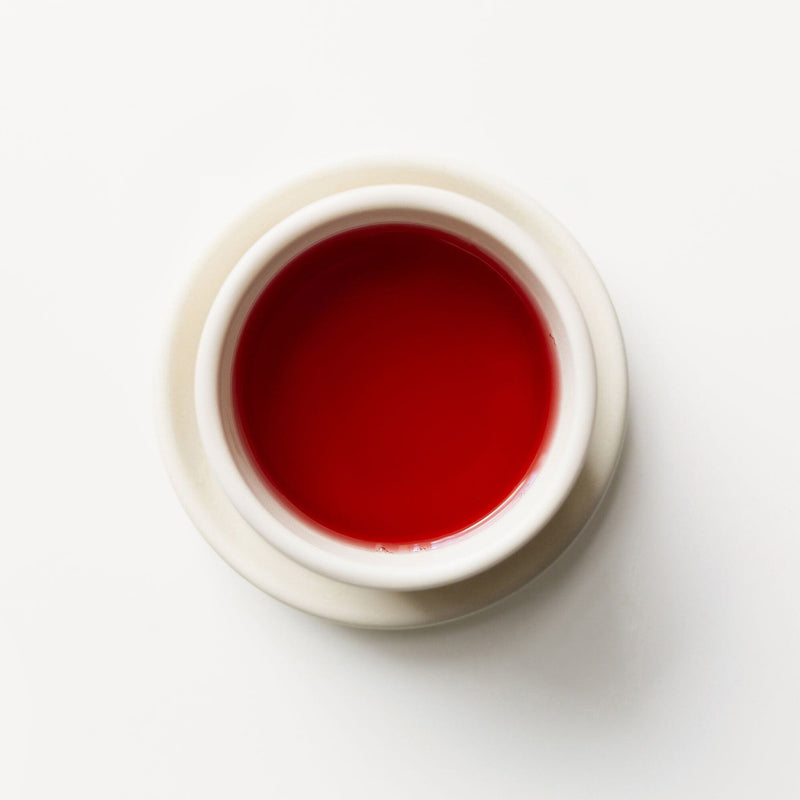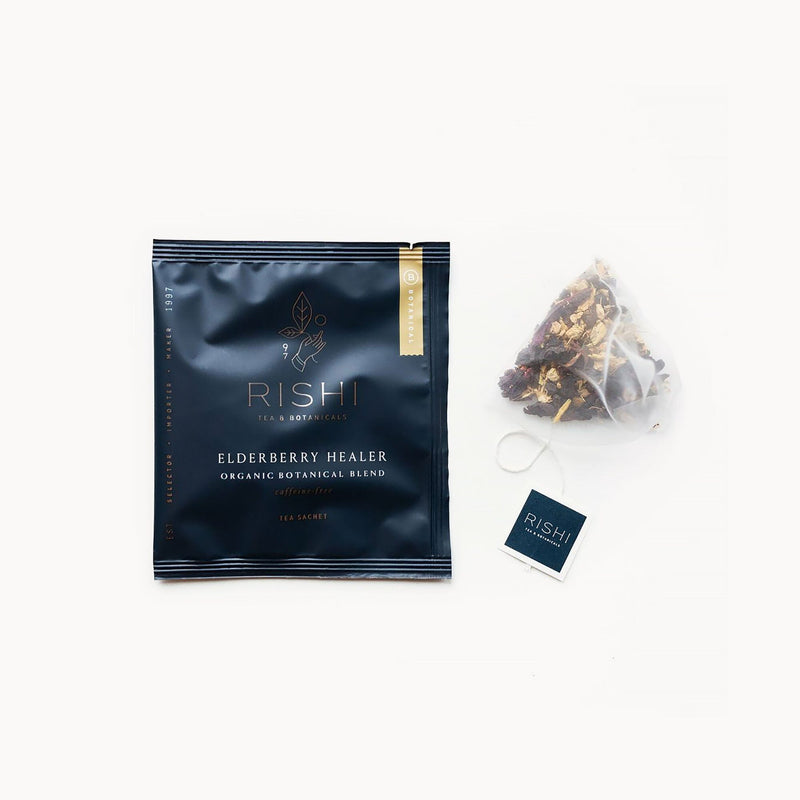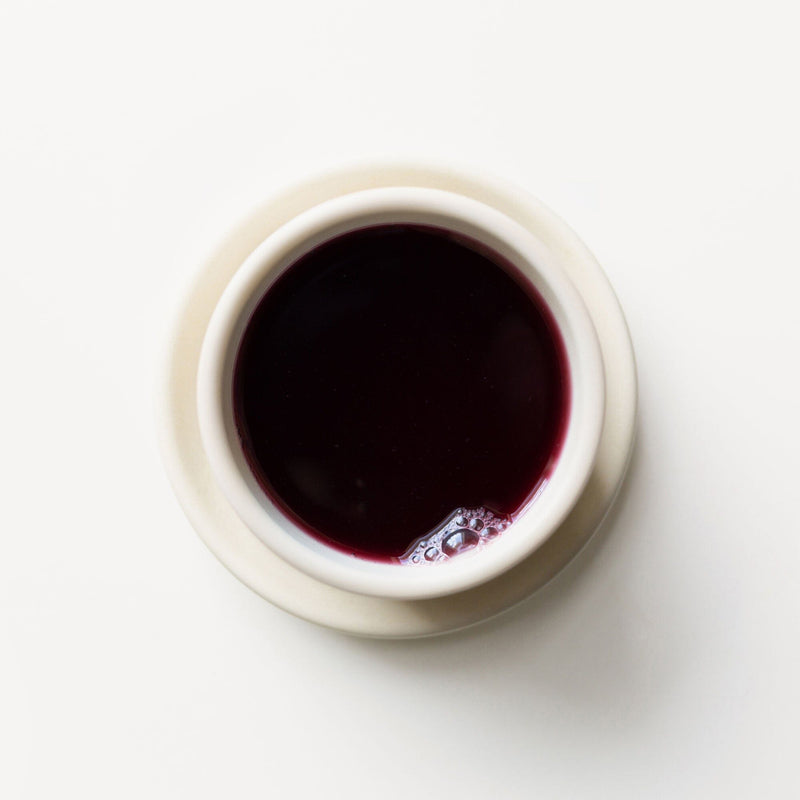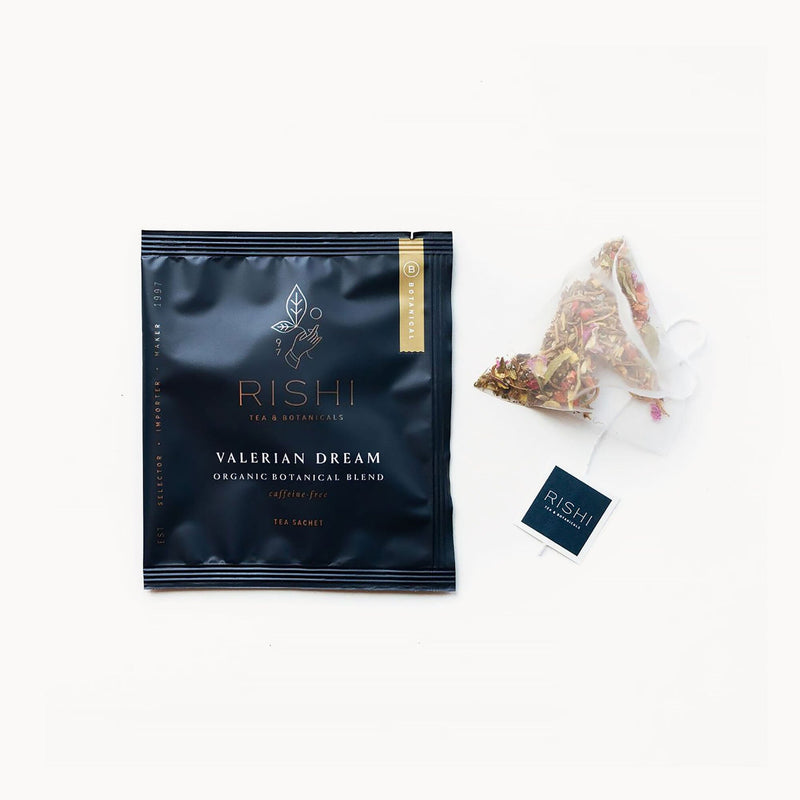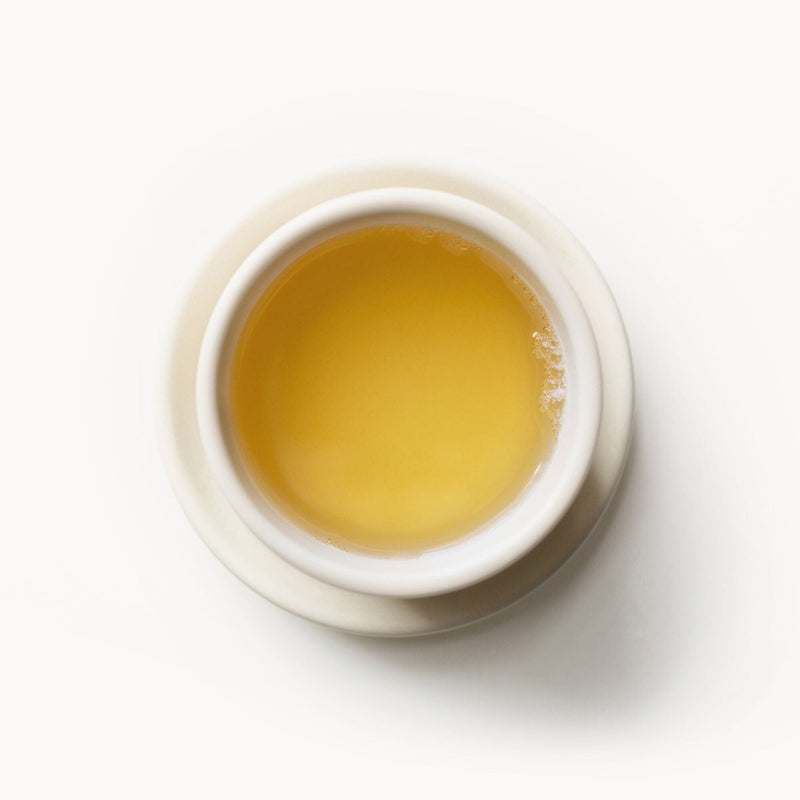- All Tea •
- Detox & Digestif • Doi Wawee Sun-Dried Red Tea








Doi Wawee Sun-Dried Red Tea
Malty, honey, berry compote,
spices and black sugar
About this tea
Sun-dried Red Tea (Shaihong) is most likely the original way of producing red tea using the Sun’s natural light and energy to dry the tea. This natural sun-drying method predates the modern and more widespread practice of oven drying red tea. The sunlight and slow rate of natural drying creates a uniquely sweet fermentation taste and aromatic profile that only the Sun’s natural UV-light can produce. The sun-dried red tea keeps the living character of Pu’er tea because the temperature of sun-drying is not as high as that of oven machine baking which thoroughly stops the enzyme activity in red tea.
This tea is good for immediate drinking as well as aging and enjoying overtime. Oven-dried tea tends to have more baking and caramelization notes while sun-dried red teas are more fruity, multi-floral, raisin and muscatel grape-like. This batch from the ancient tea trees of Doi Wawee in Northern Thailand’s Chiangrai Province has a strong energy and flavor density with notes of berry compote, red date, black sugar, black pepper and deep maltiness. The tea is great for gongfucha sessions and shows its character over the course of several infusions.
Origin
Doi Wawee, Thailand
Cultivar
Heirloom assamica from ancient tree (seed)
Harvest
April 2022
Elevation
900 - 1150 meters
Ingredients
Red tea


Ingredients
Red tea
Origin
Doi Wawee, Thailand
Cultivar
Heirloom assamica from ancient tree (seed)
Harvest
April 2022
Elevation
900 - 1150 meters
Preparation
- Imperial
- Metric
Traditional Tea Preparation
Add 4g - 5g to a gaiwan or gongfu teapot (per 150mL-200mL).
Use 212°F water.
Do not rinse this tea.
Infuse the 1st brew for 2 - 3 minutes.
Repeat several times until the flavor and aroma of the tea dissipates. As the brewing session ensues, increase the infusion time to coax out the body and strength of the final infusions.
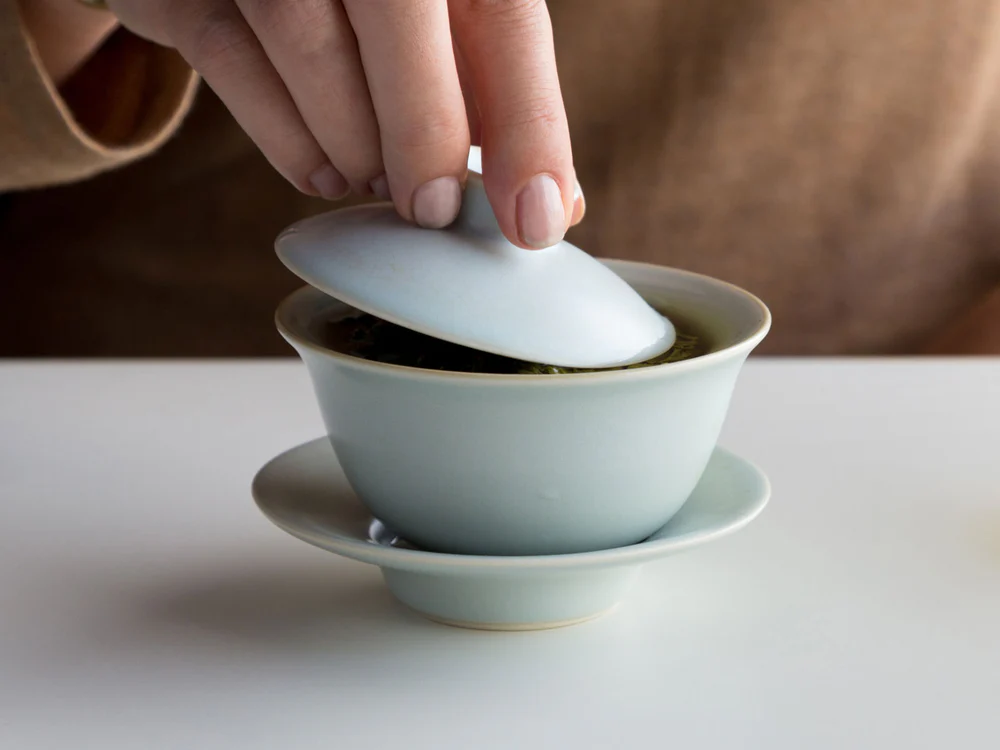
Teaware
Everything You
Need to Brew the
Perfect Cup
Everything You Need to
Brew the Perfect Cup
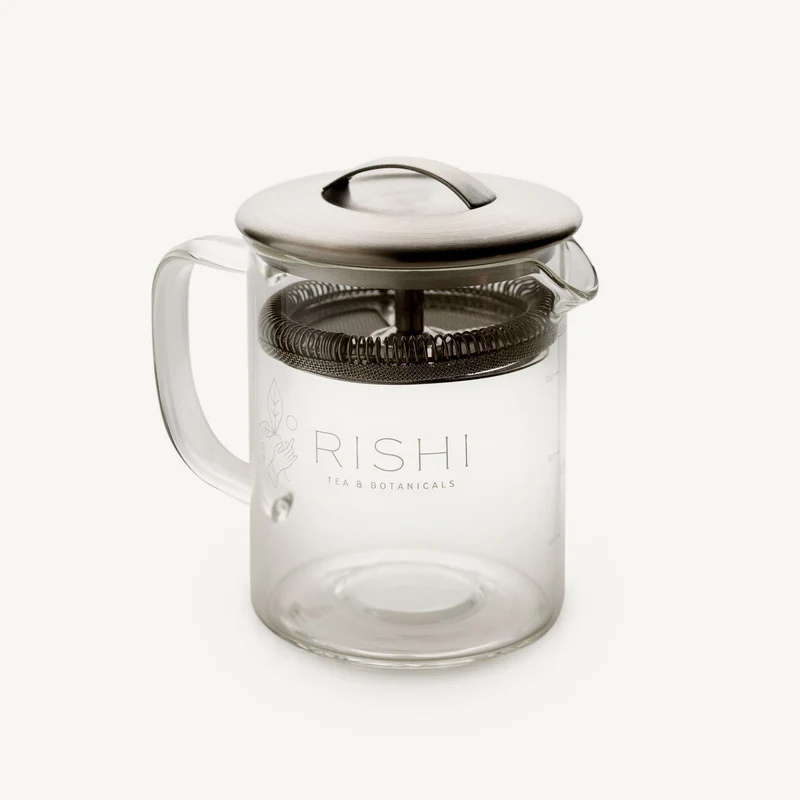
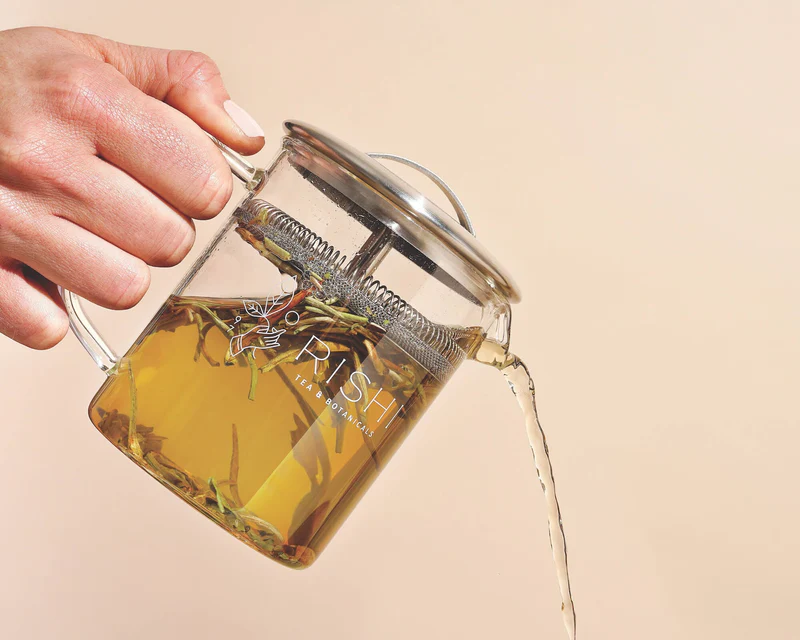
Simple Brew Loose Leaf Teapot

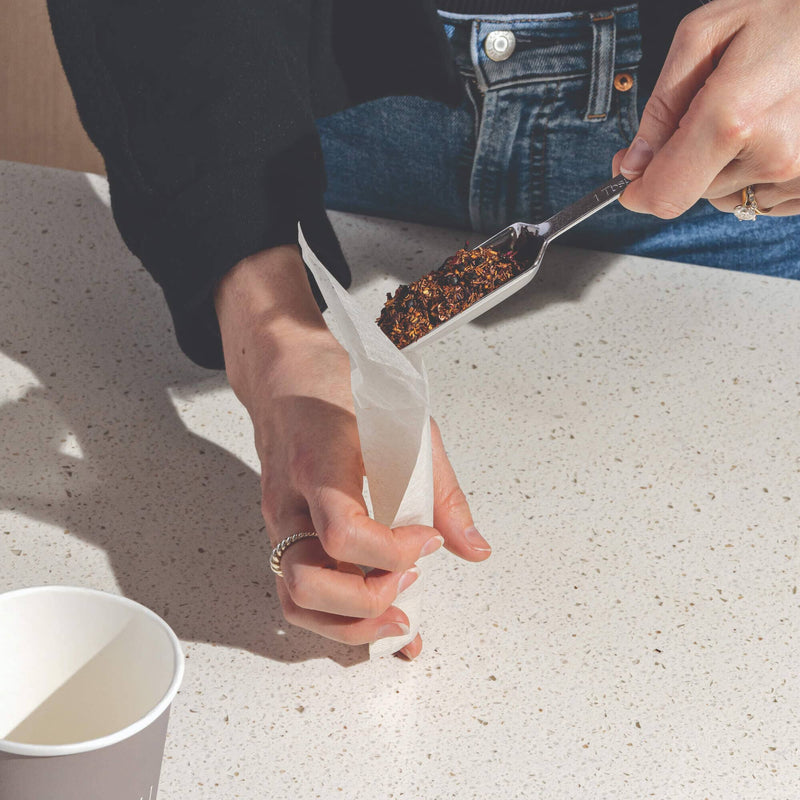
Loose Leaf Tea Filters


Double Wall Glass Mug
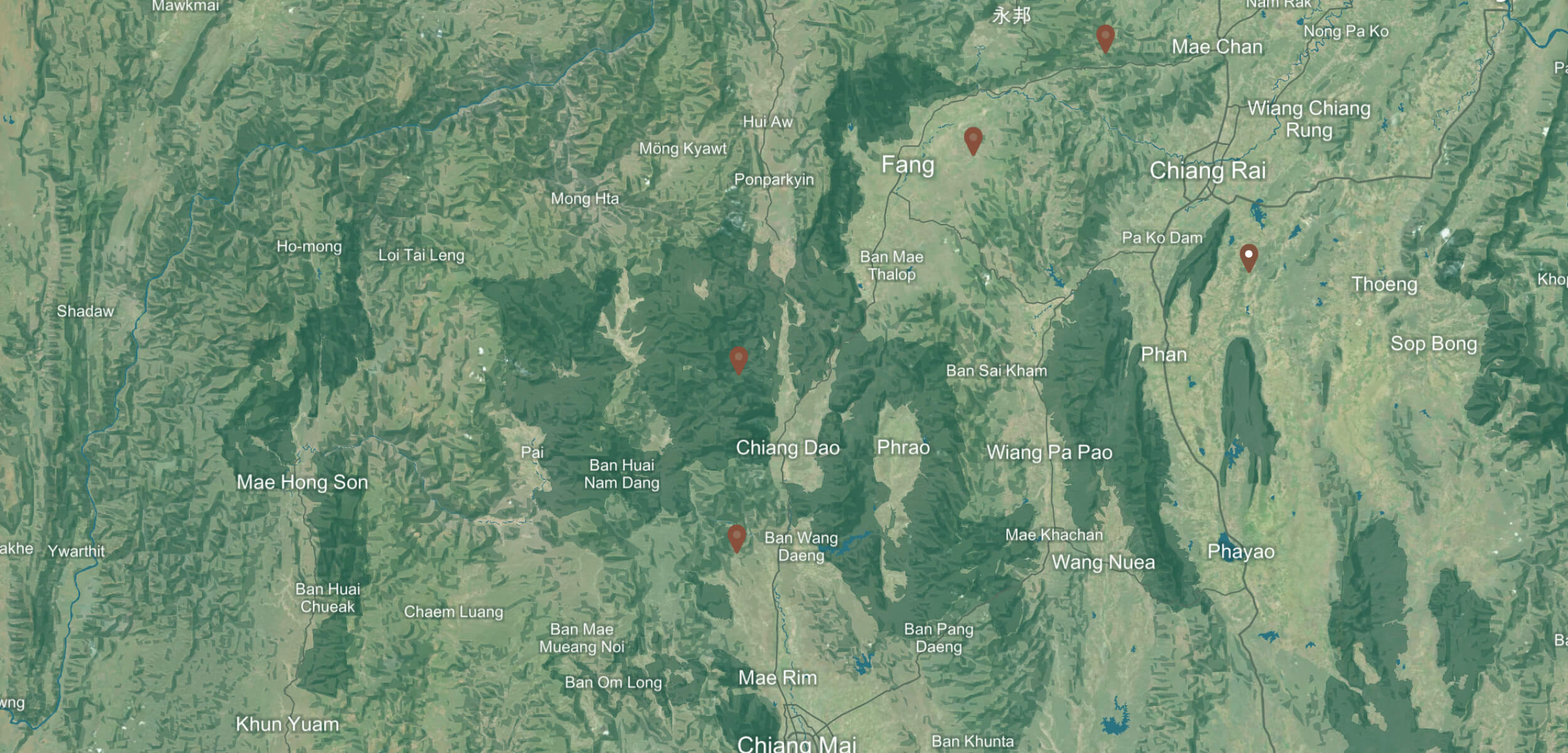
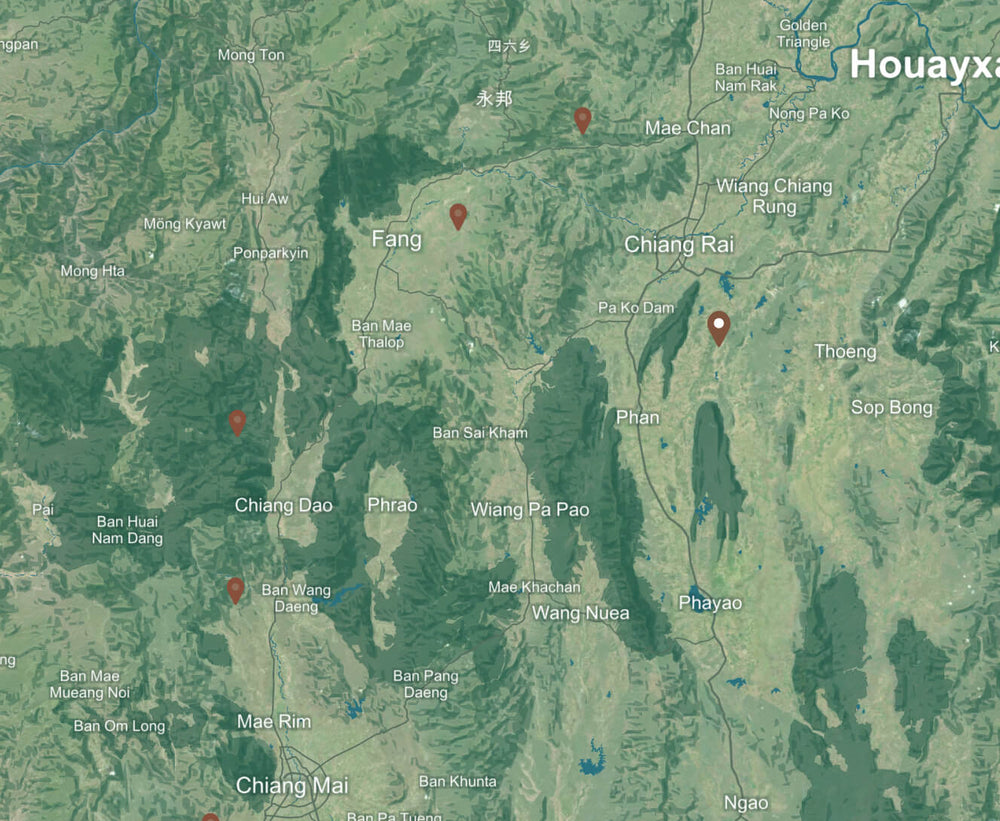
Origin
Doi Wawee
Chiang Rai Province, Northern Thailand
Throughout northern Thailand there are many old, abandoned tea plantations that have been left to grow wild from centuries past. Known locally by the Thais as “Assam tea,” these trees are part of an ancient tea journey that traces its roots back to the 11th and 12th Centuries. It is thought that the Bulang and Dai ethnic peoples were the pioneers of tea in this region and both groups planted tea seeds wherever they migrated. In more modern times, ethnic Han Chinese from Yunnan settled in the region and became stewards of the ancient tea tree forests and plantations. They began to produce tea in Doi Wawee according to Yunnan Pu’er tea practices and traditions. At this time, the village of Doi Wawee is glorified by tea lovers and is known as, 茶房 or “the village of tea.”
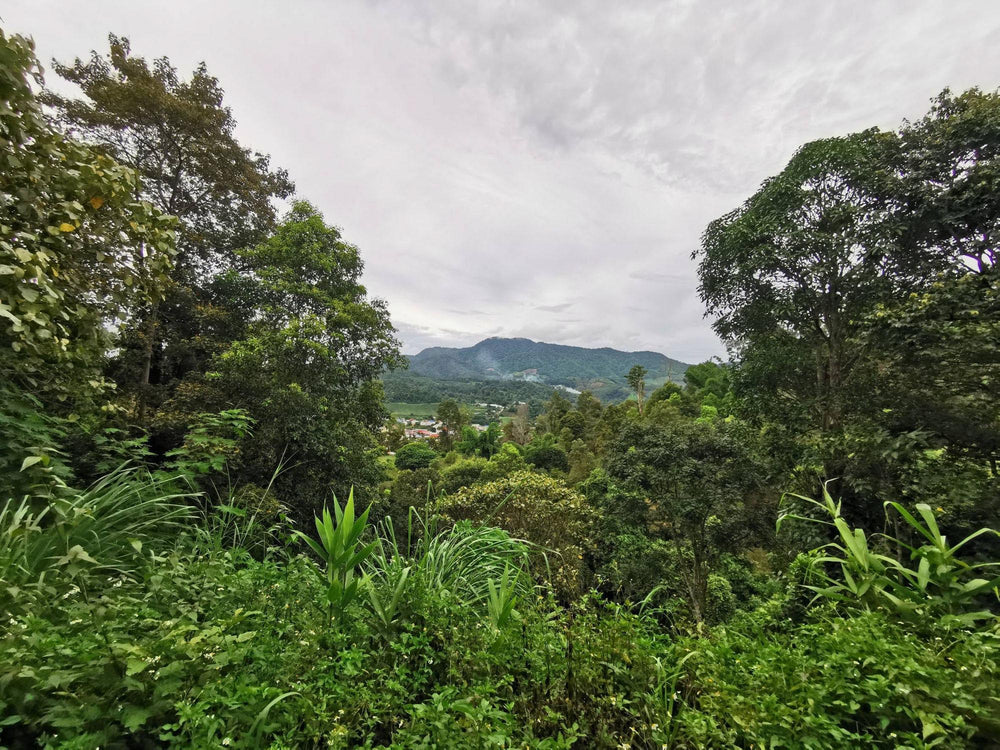
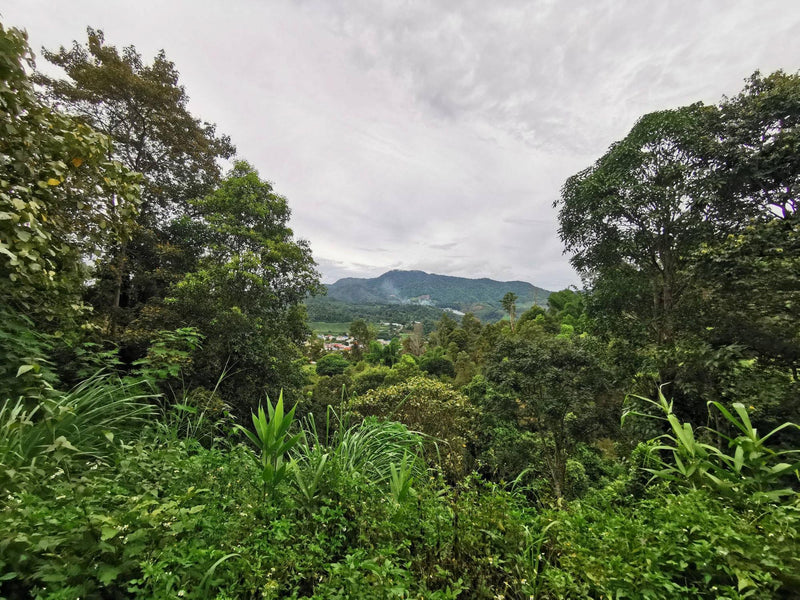

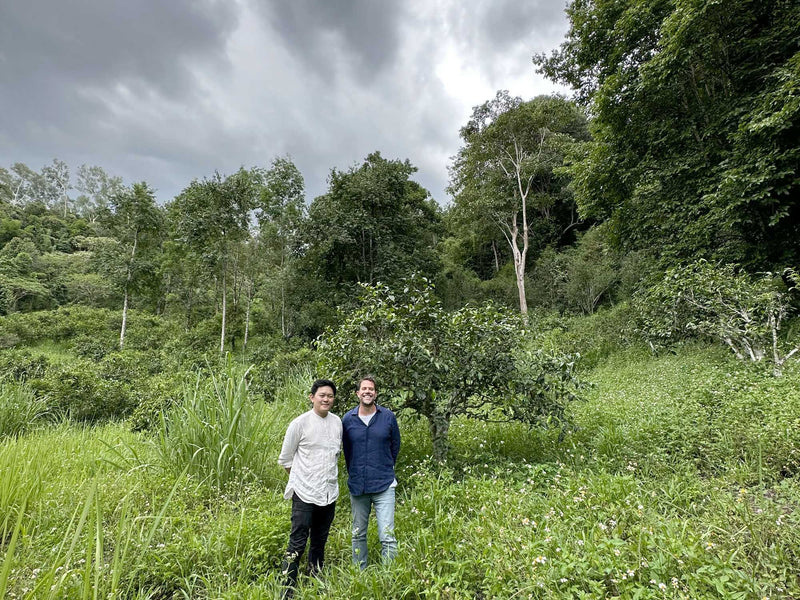
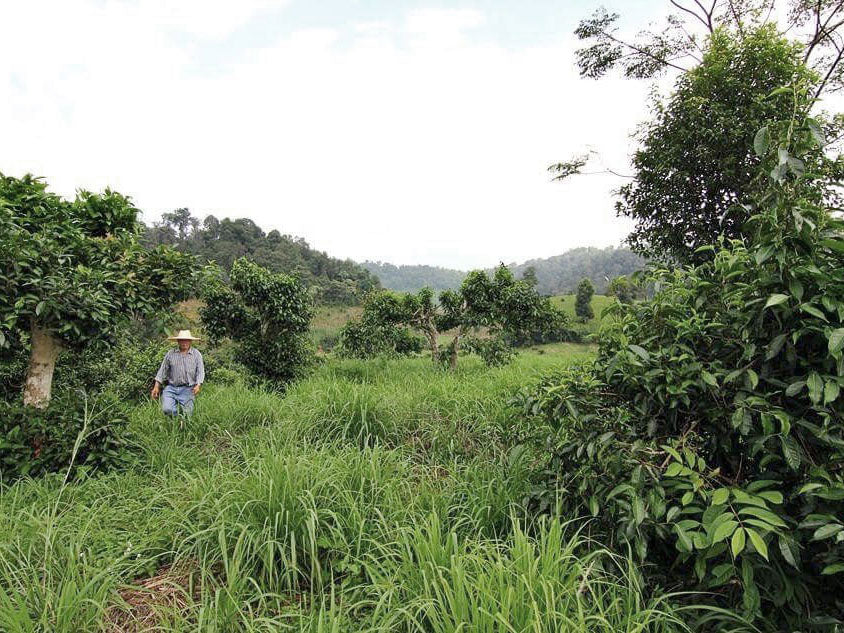
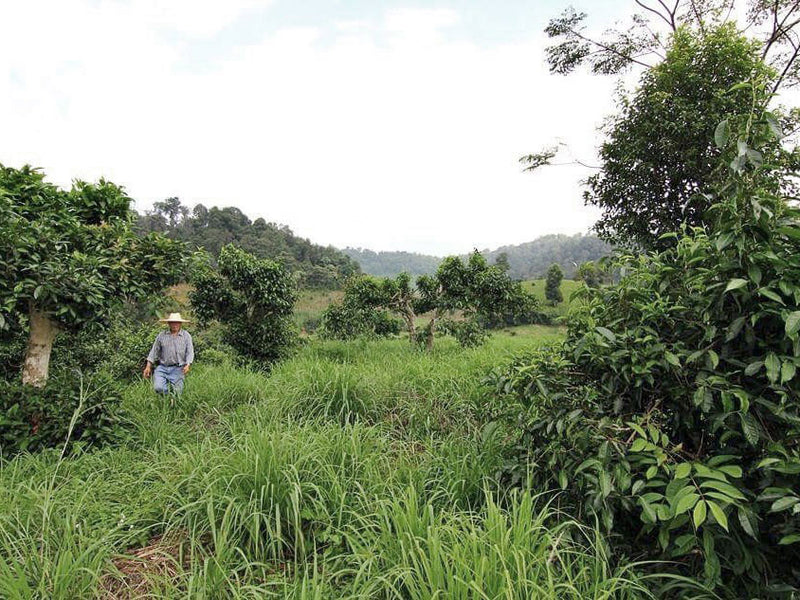
Customer Favorites
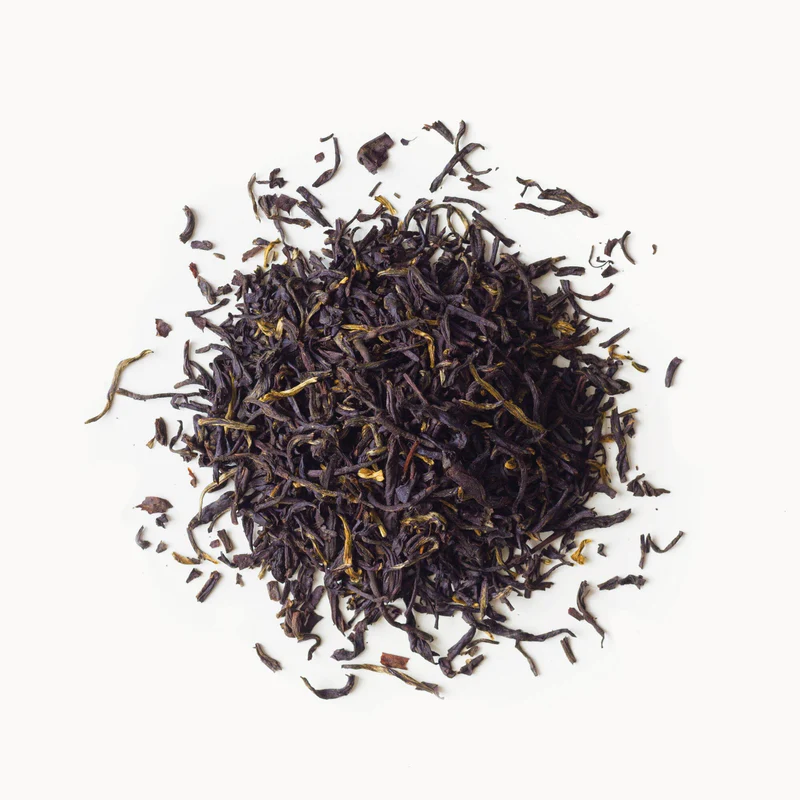
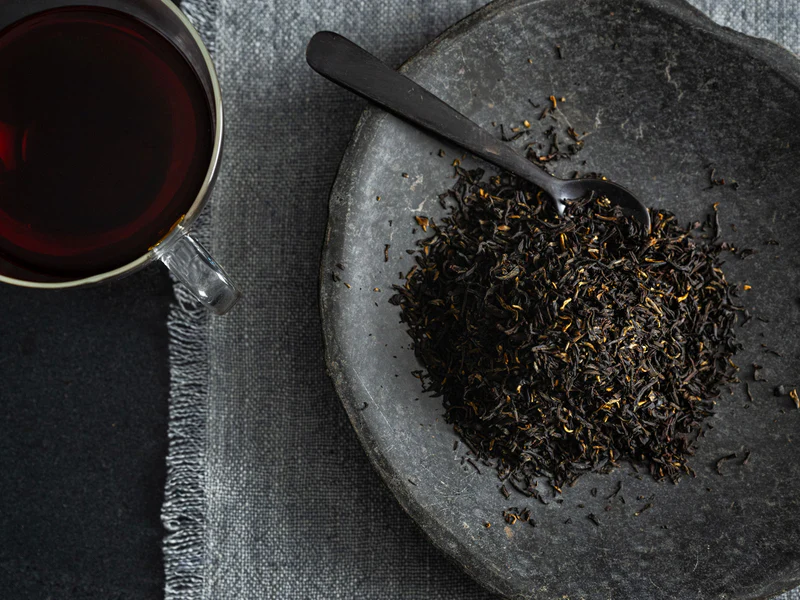

Earl Grey Supreme

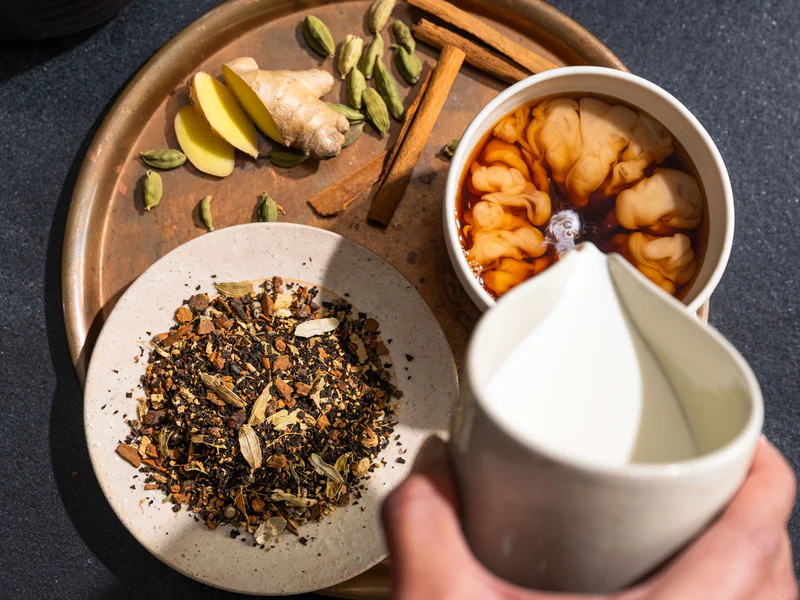

Masala Chai



Jasmine

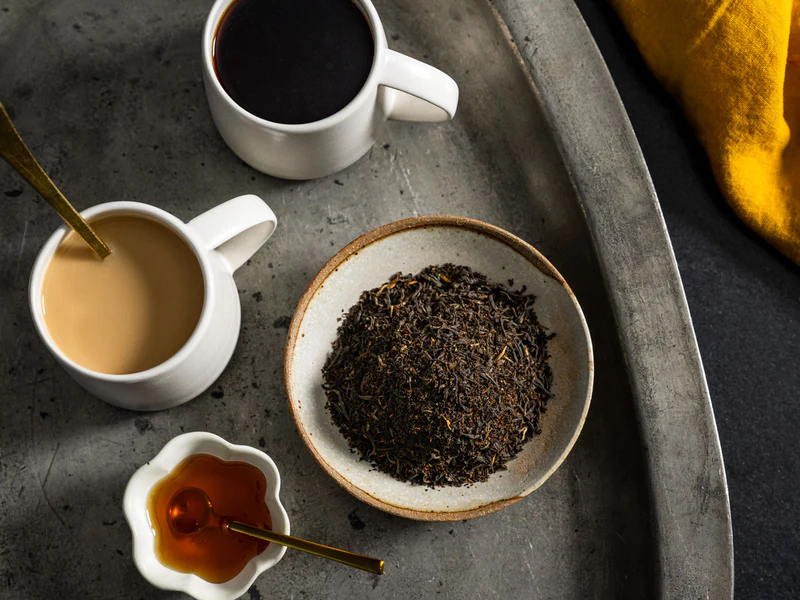

English Breakfast



Premium Sachet Collection



Barista Matcha

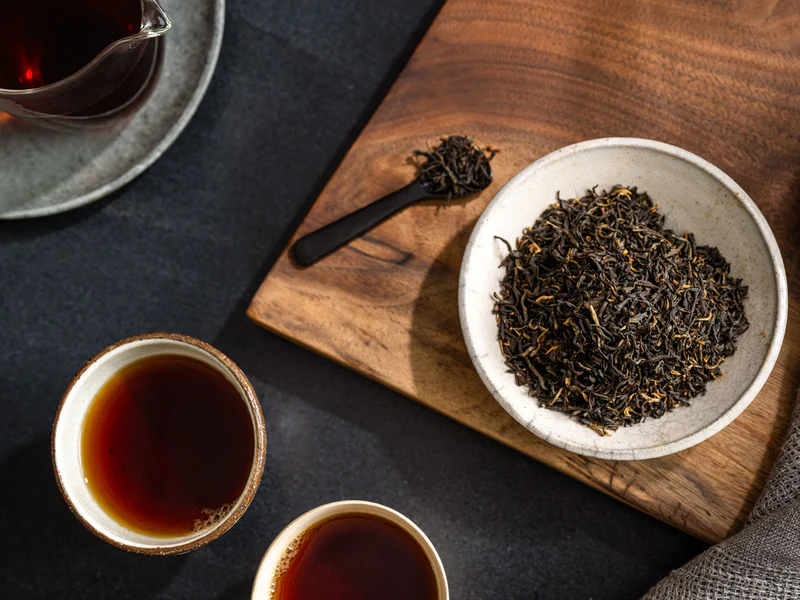

Golden Yunnan

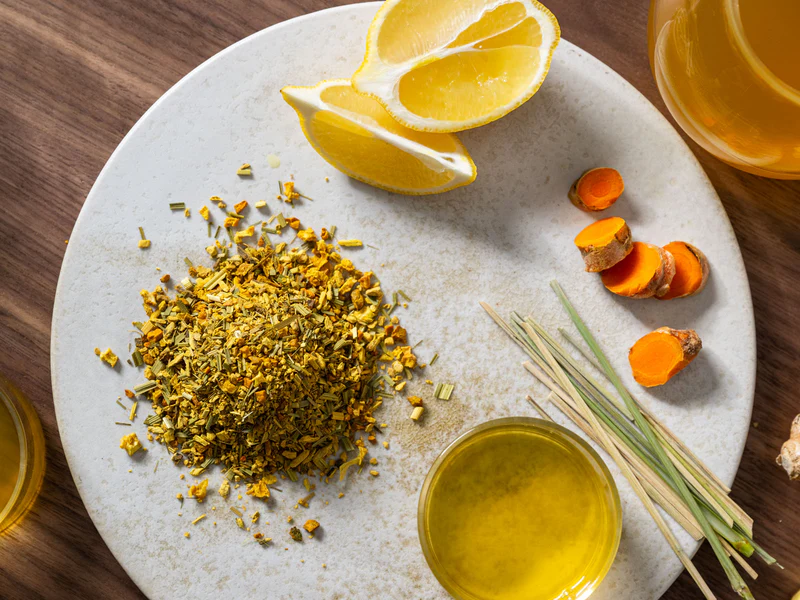

Turmeric Ginger

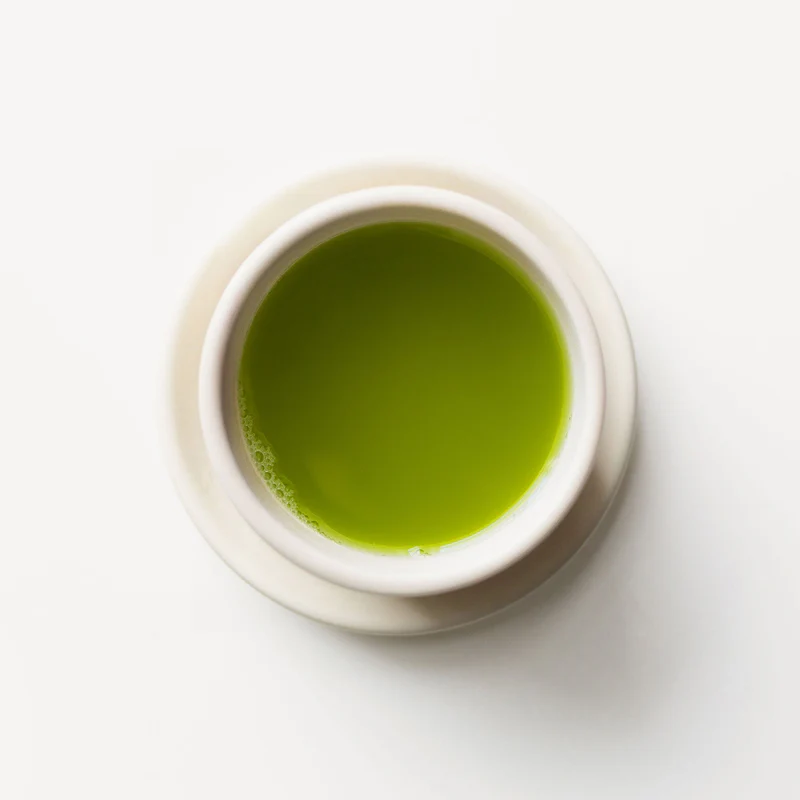

Matcha Super Green

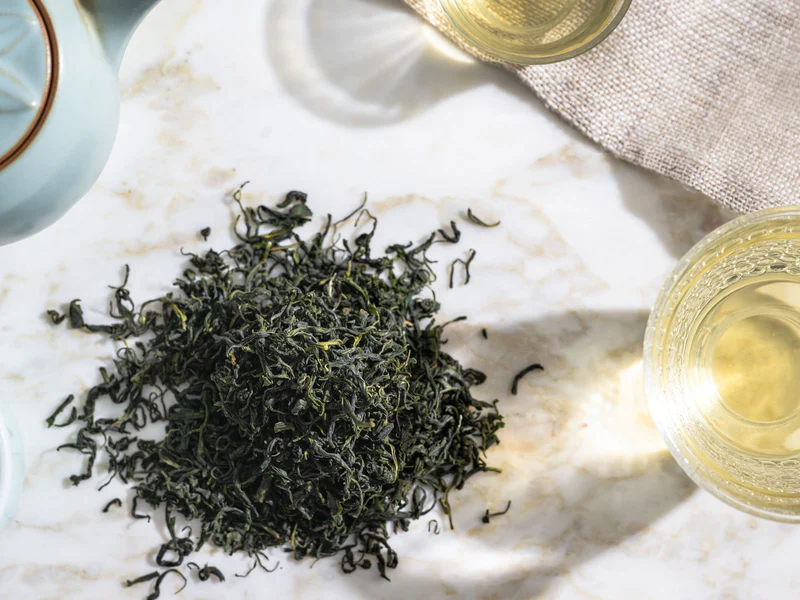
Jade Cloud
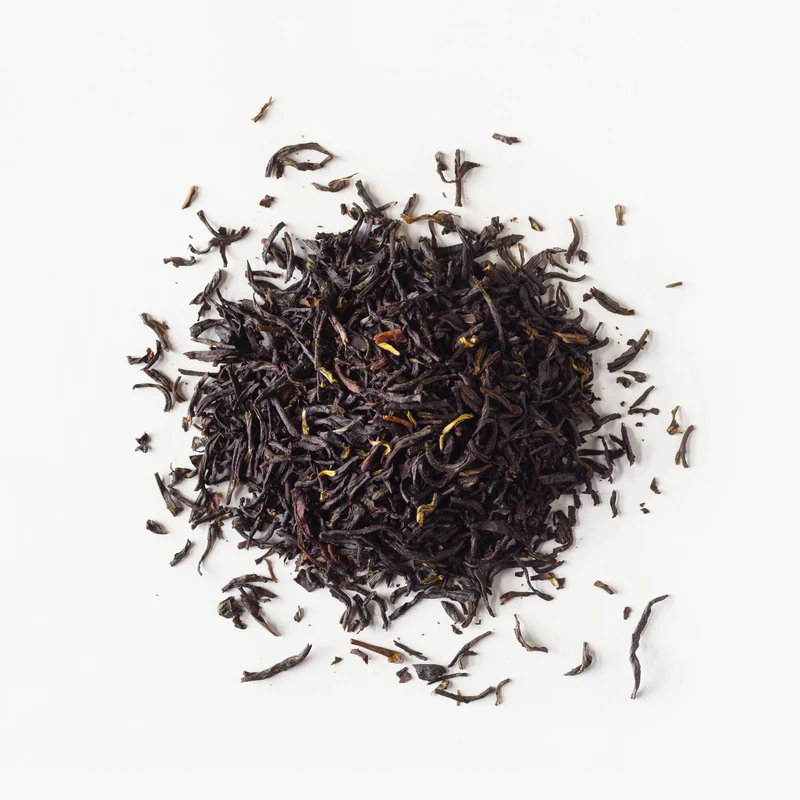

Earl Grey

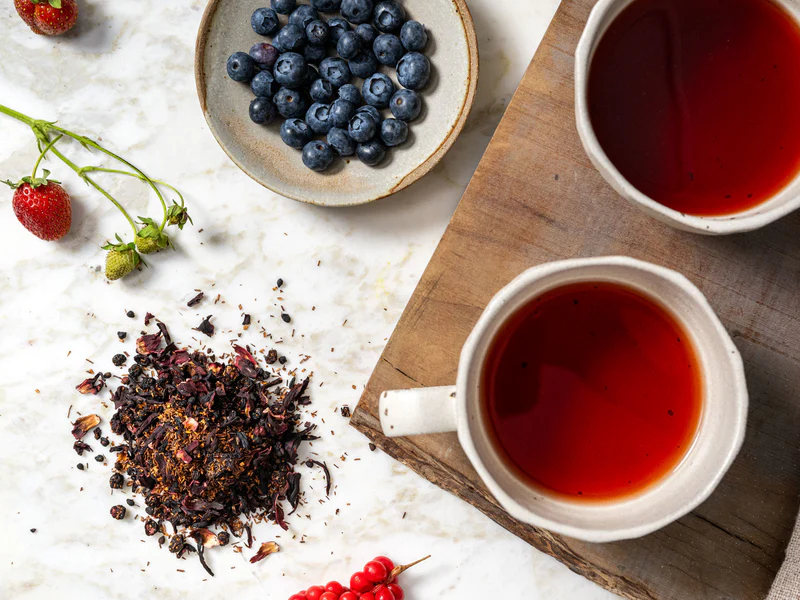
Blueberry Rooibos
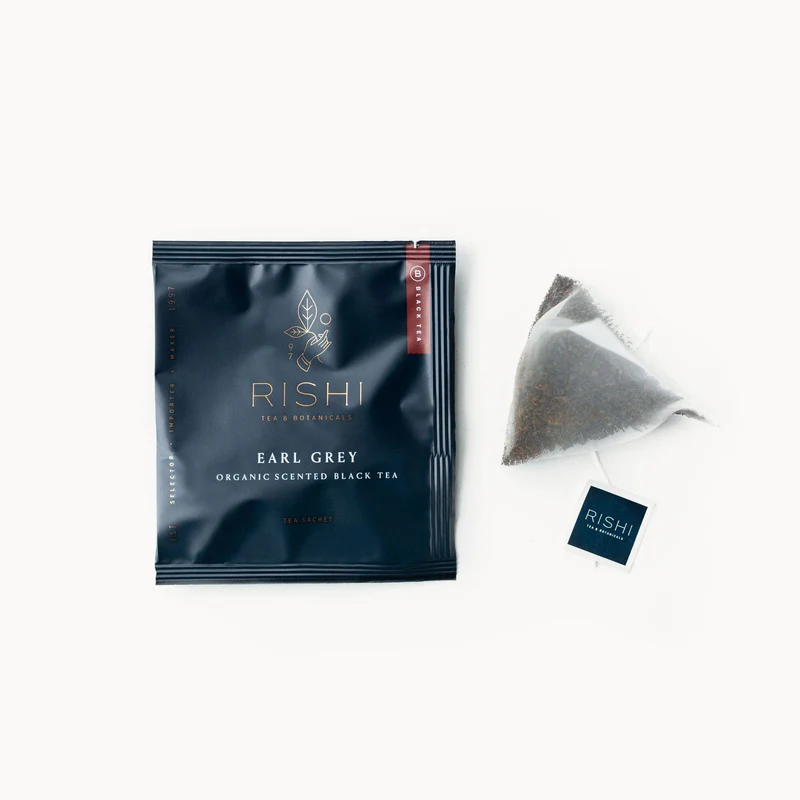
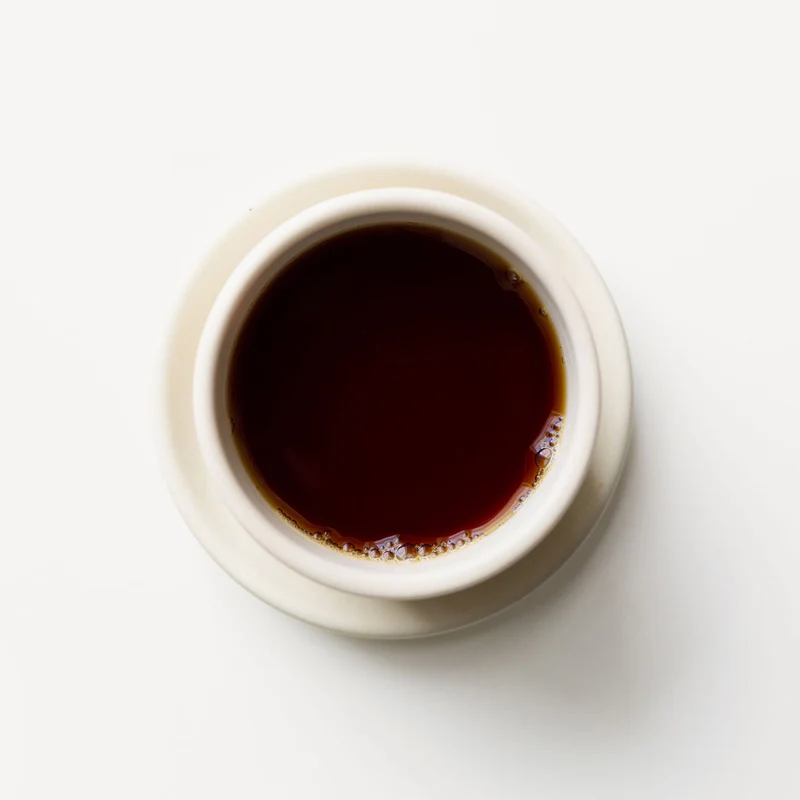
Earl Grey
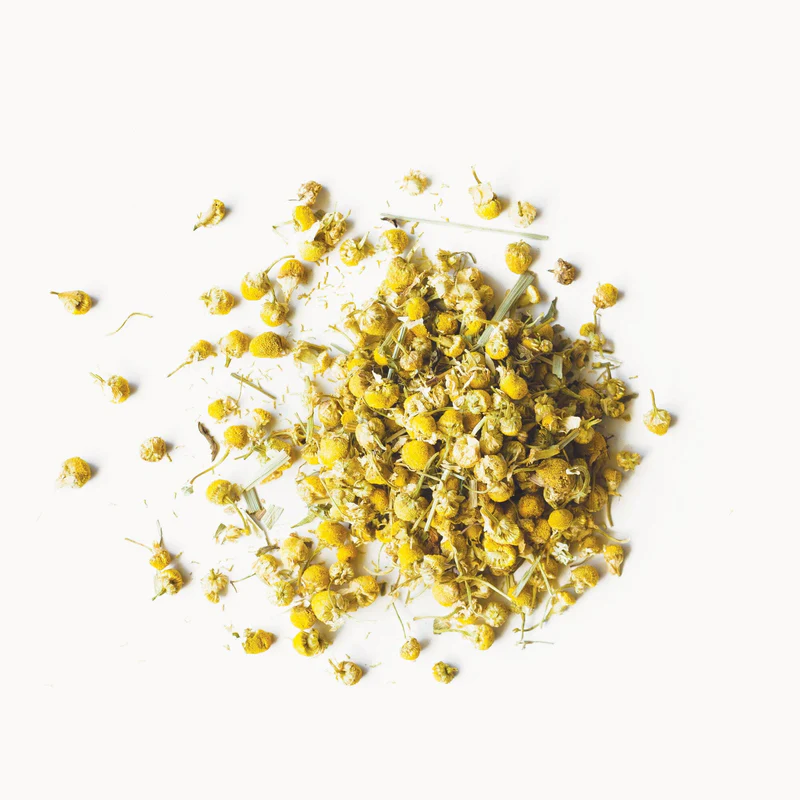
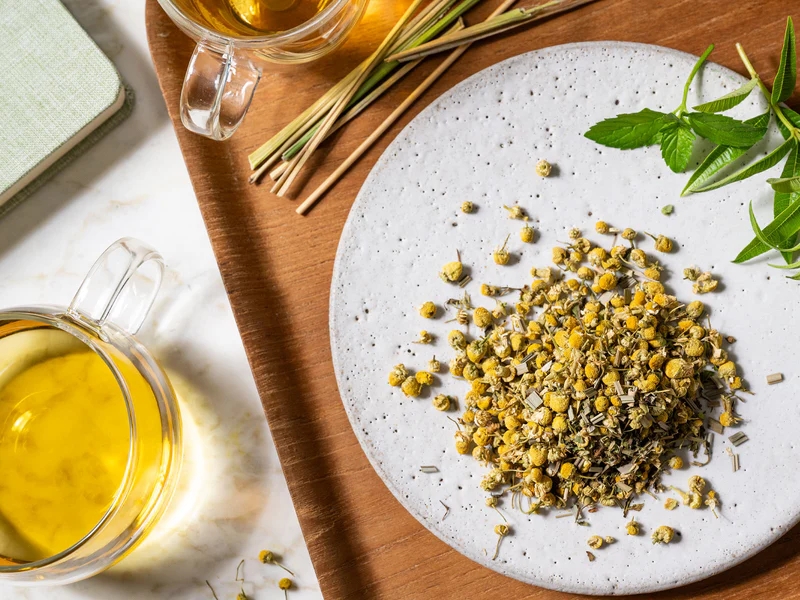
Chamomile Medley
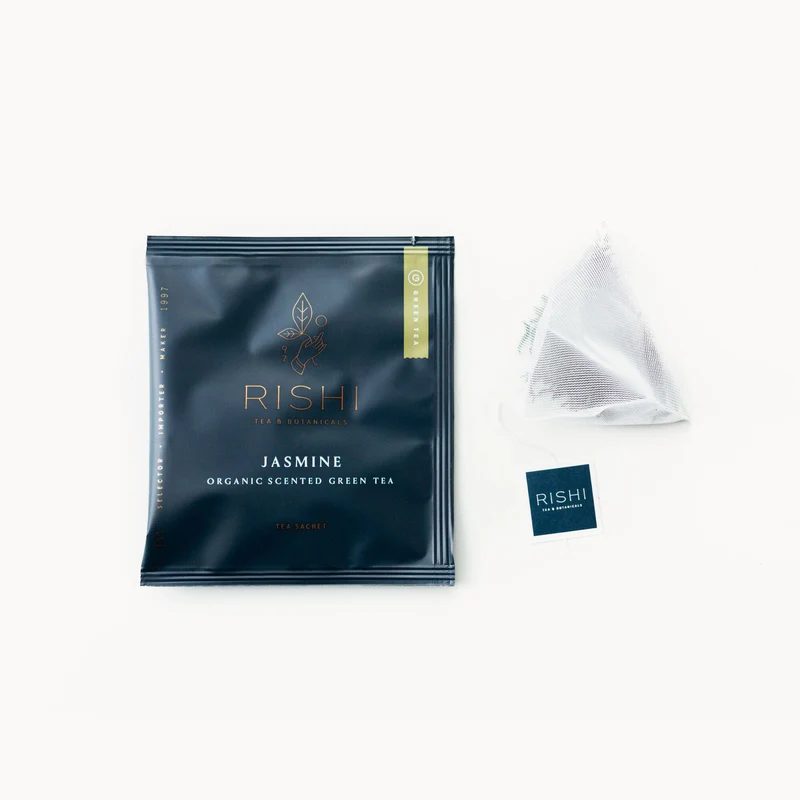

Jasmine

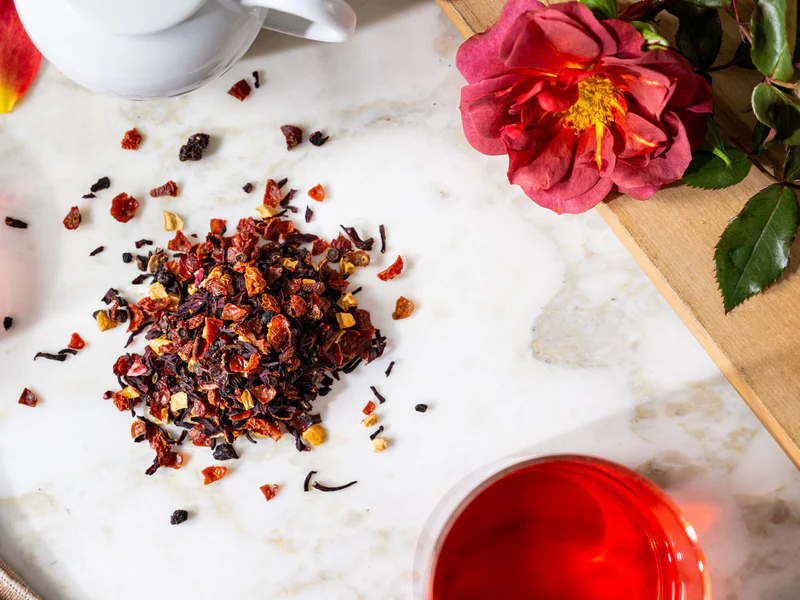
Hibiscus Berry
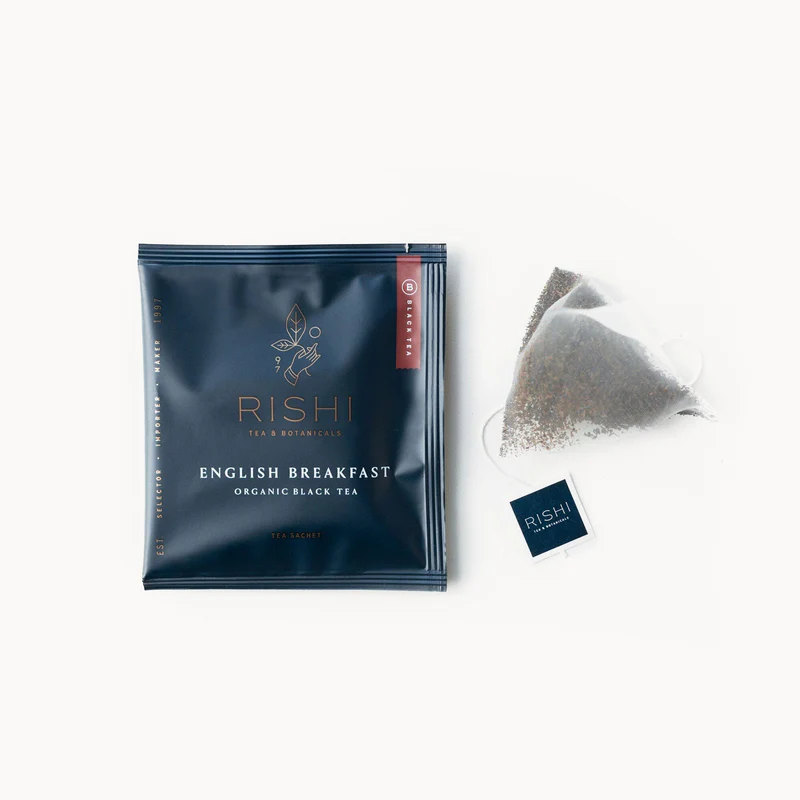
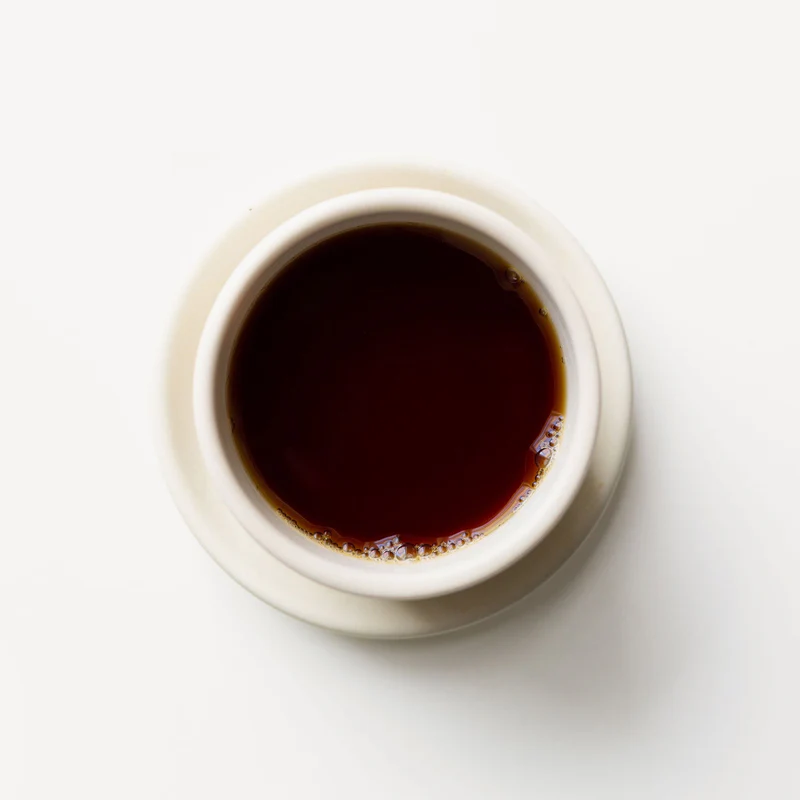

English Breakfast

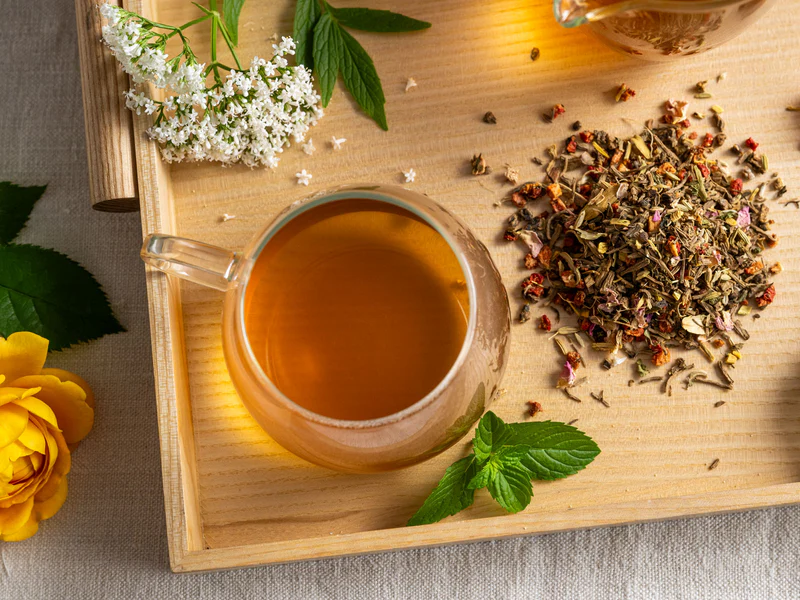
Valerian Dream
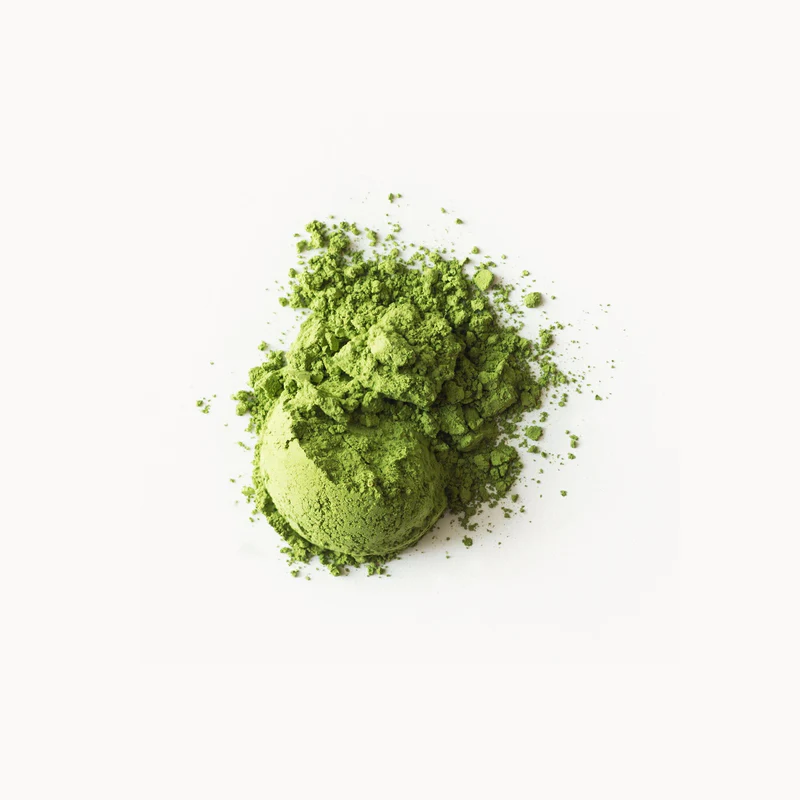
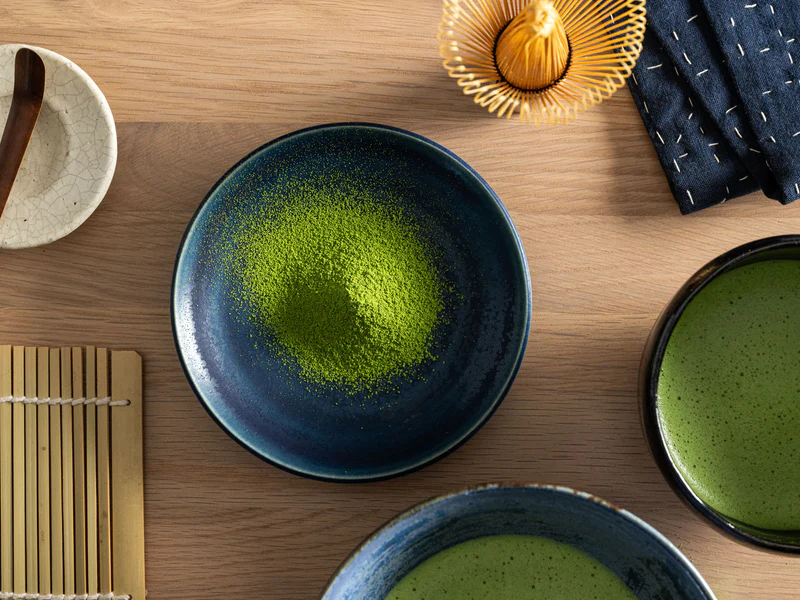

Teahouse Matcha

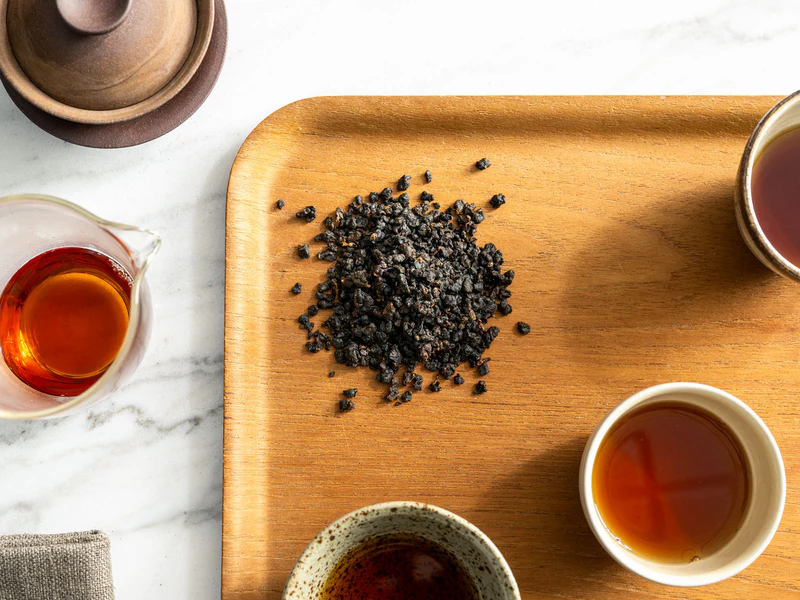

Ruby Oolong

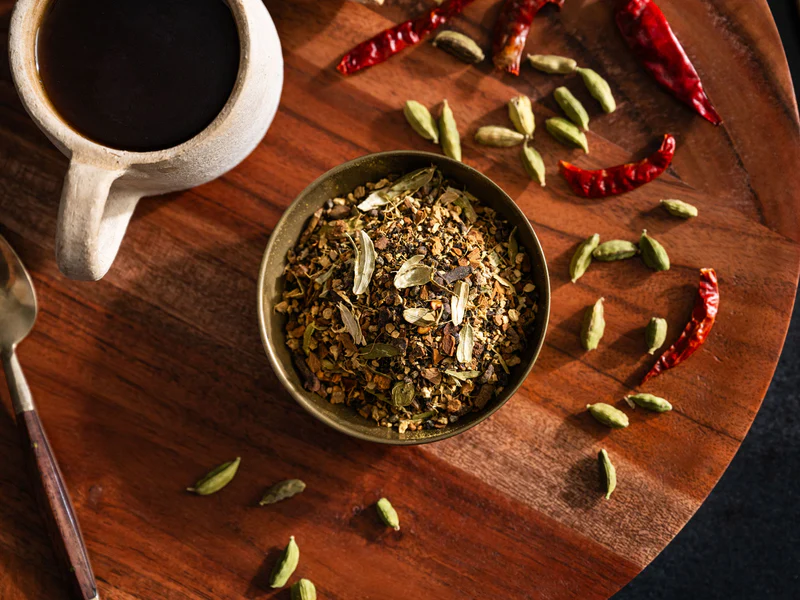
Spicy Masala Chai
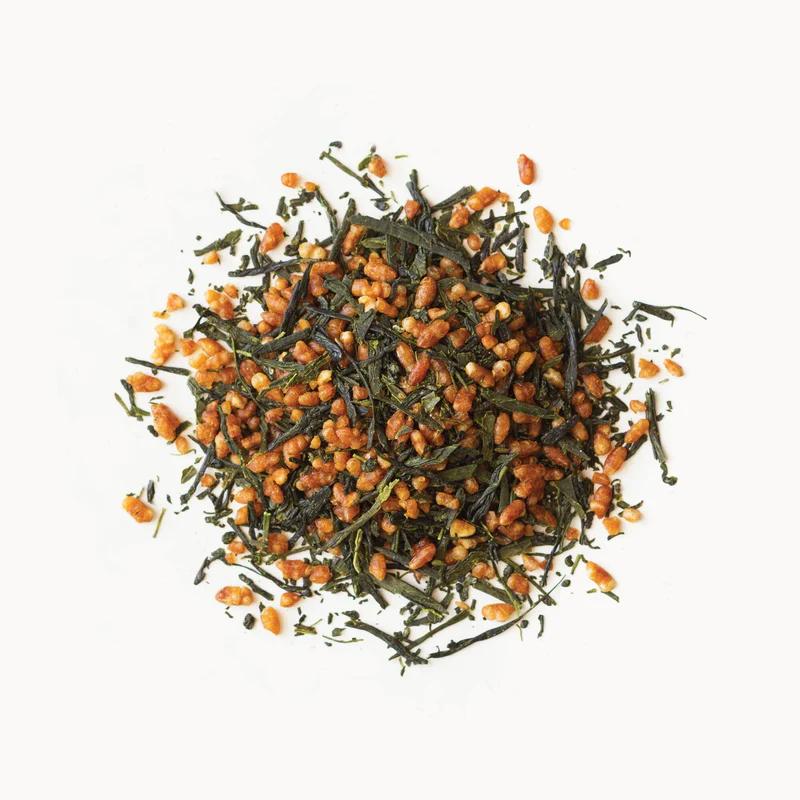
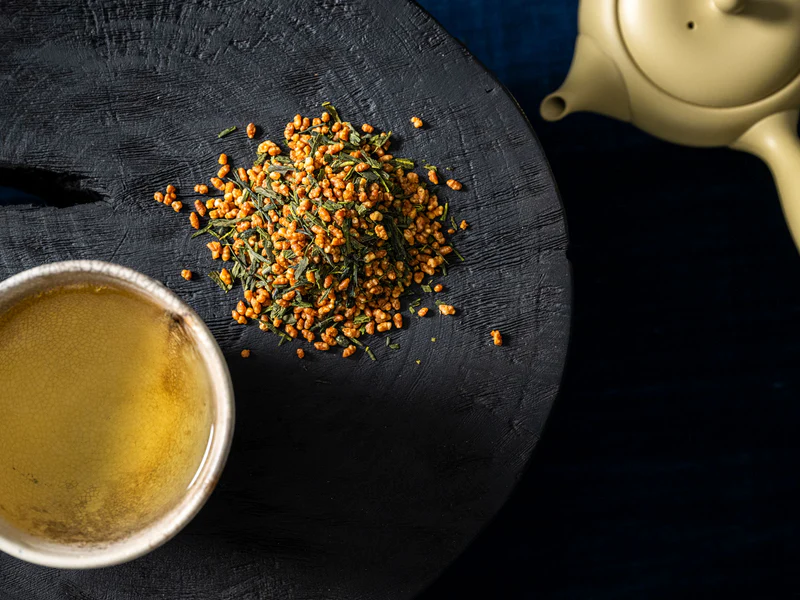
Genmaicha
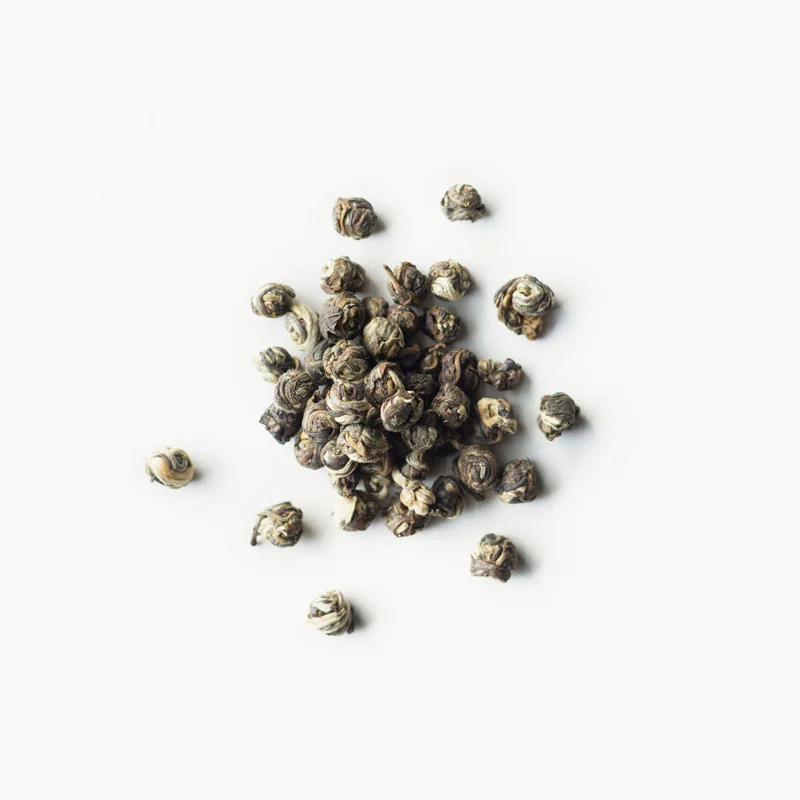
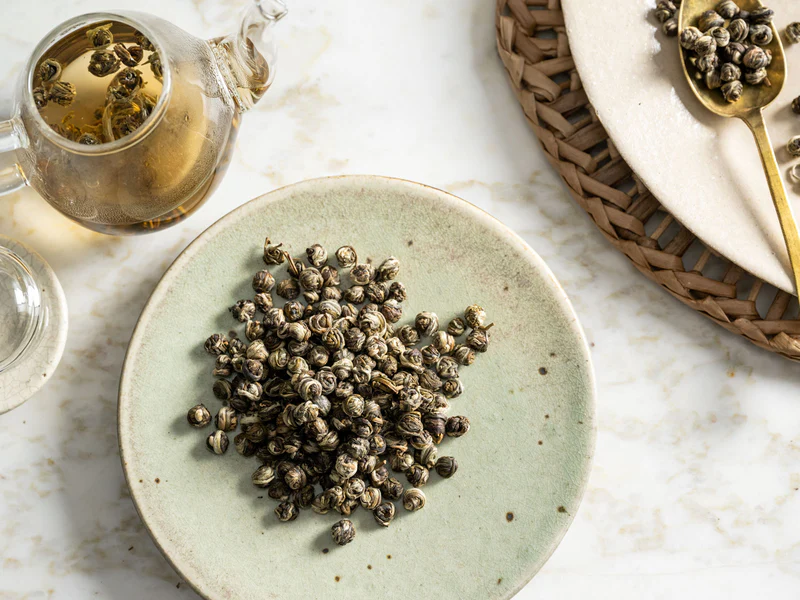
Jasmine Pearls
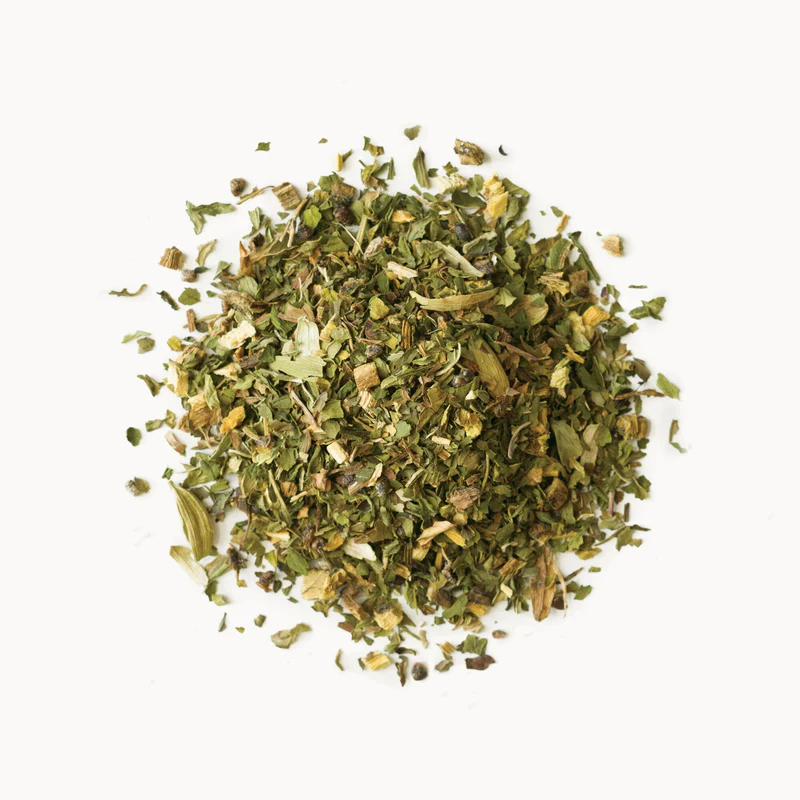
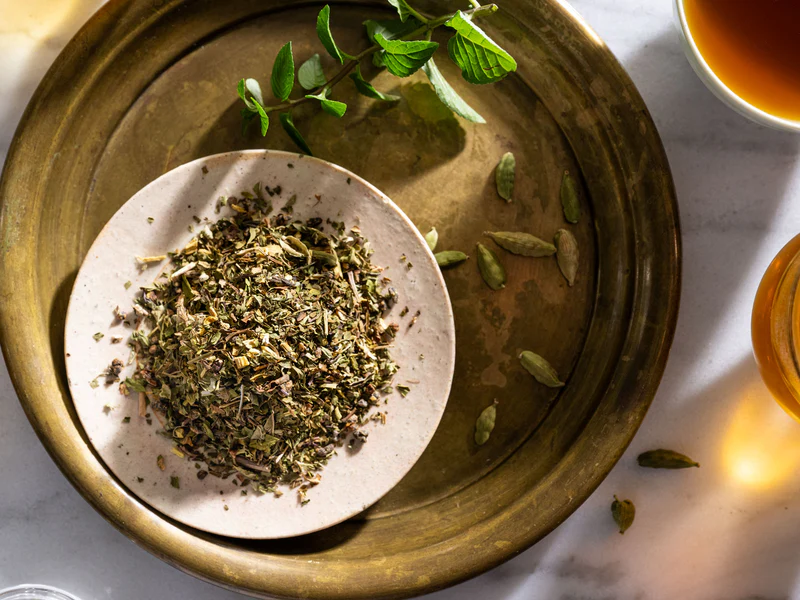
Mystic Mint
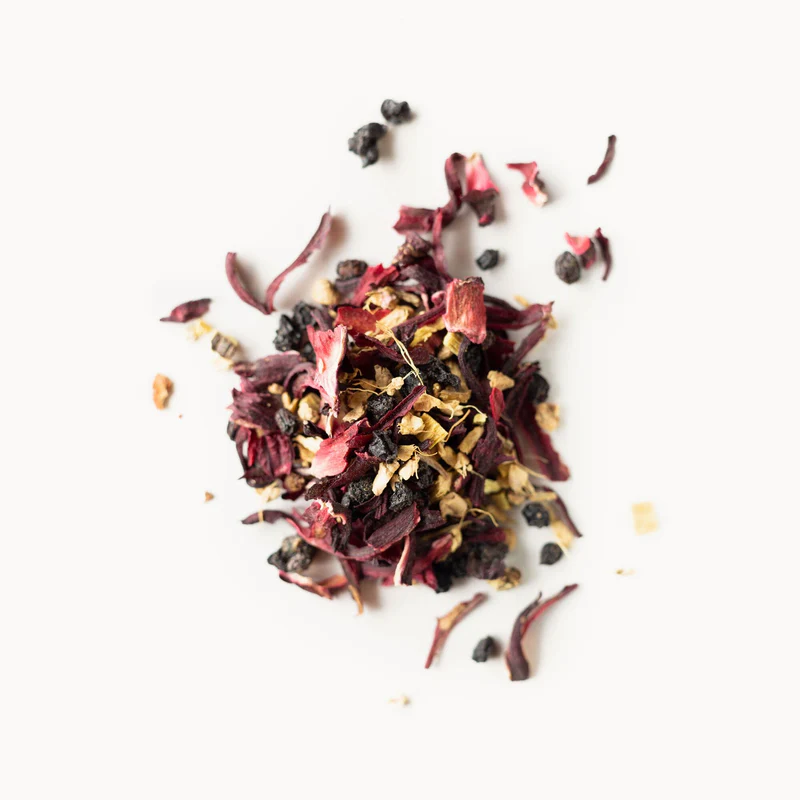
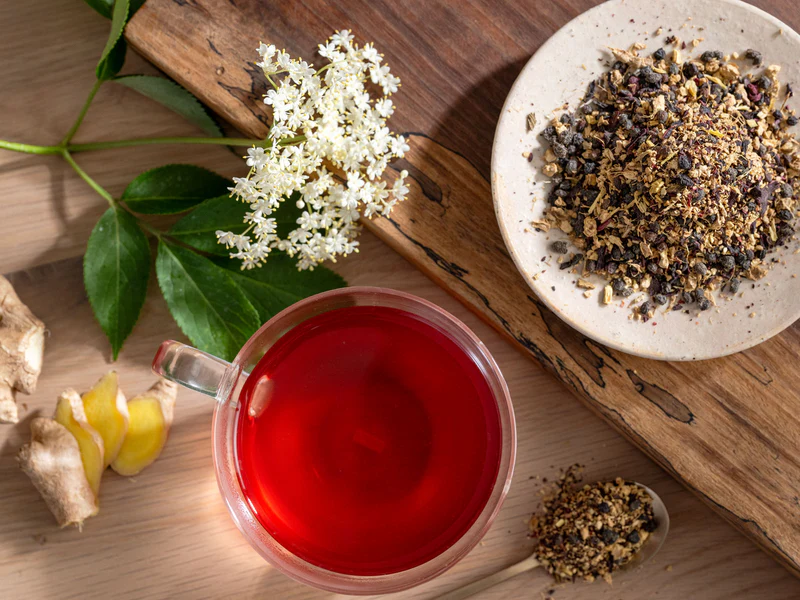
Elderberry Healer
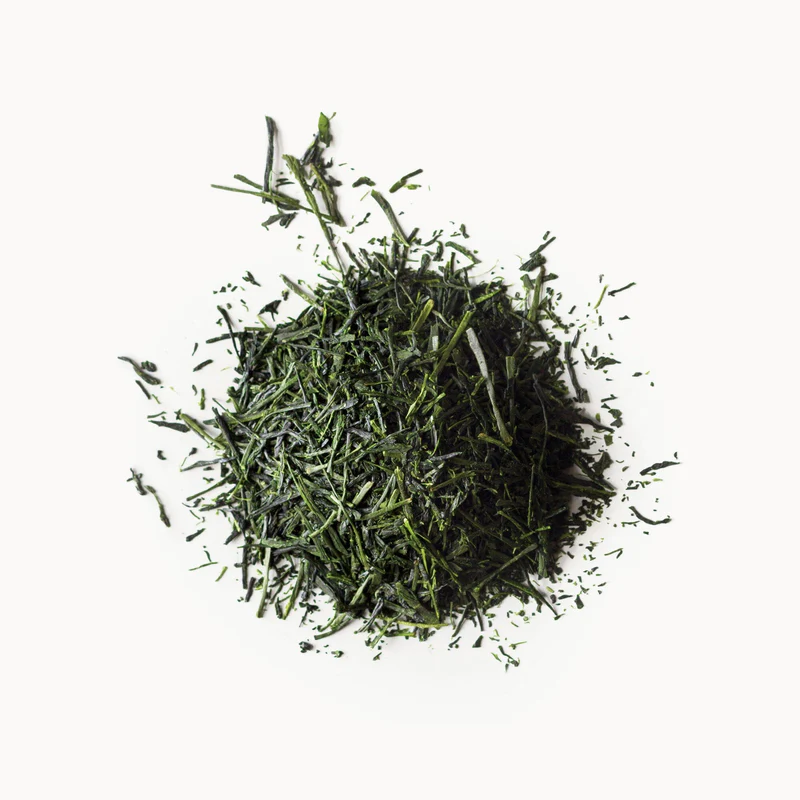


Nishi Sencha First Flush


Orange Blossom
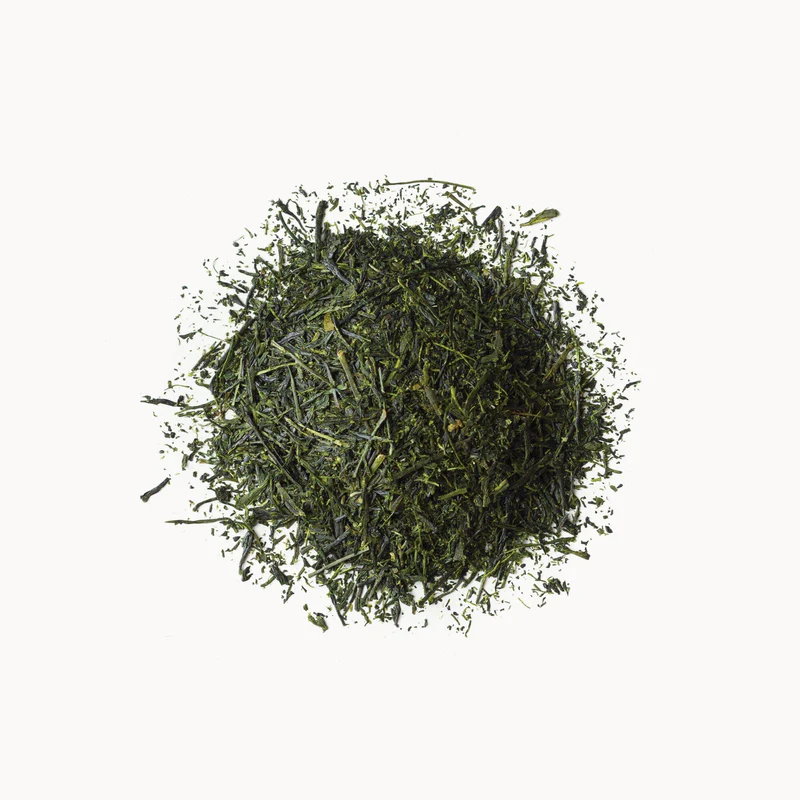
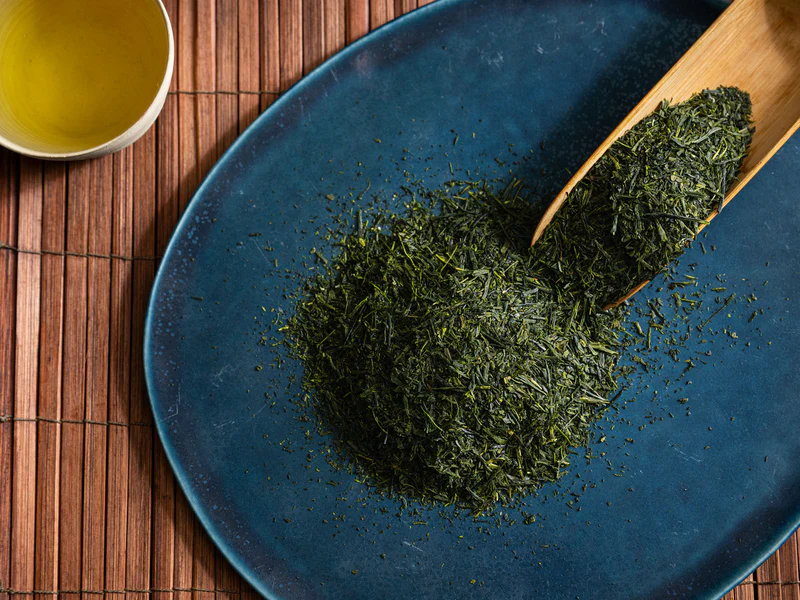
Sencha
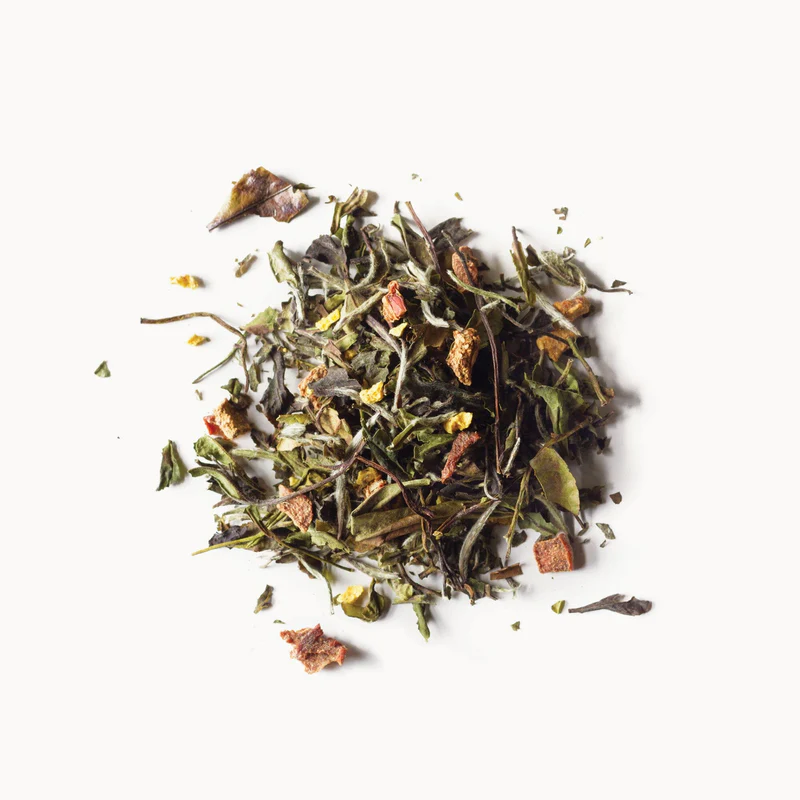
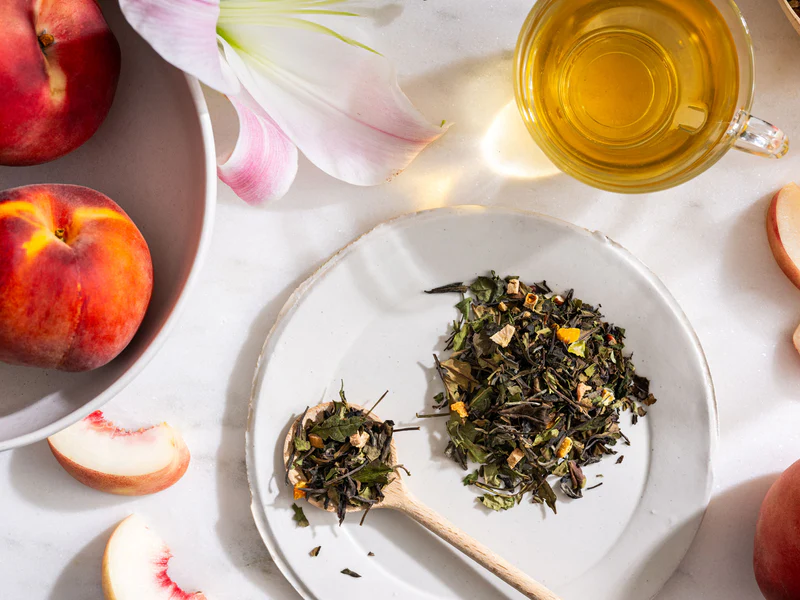
Peach Blossom
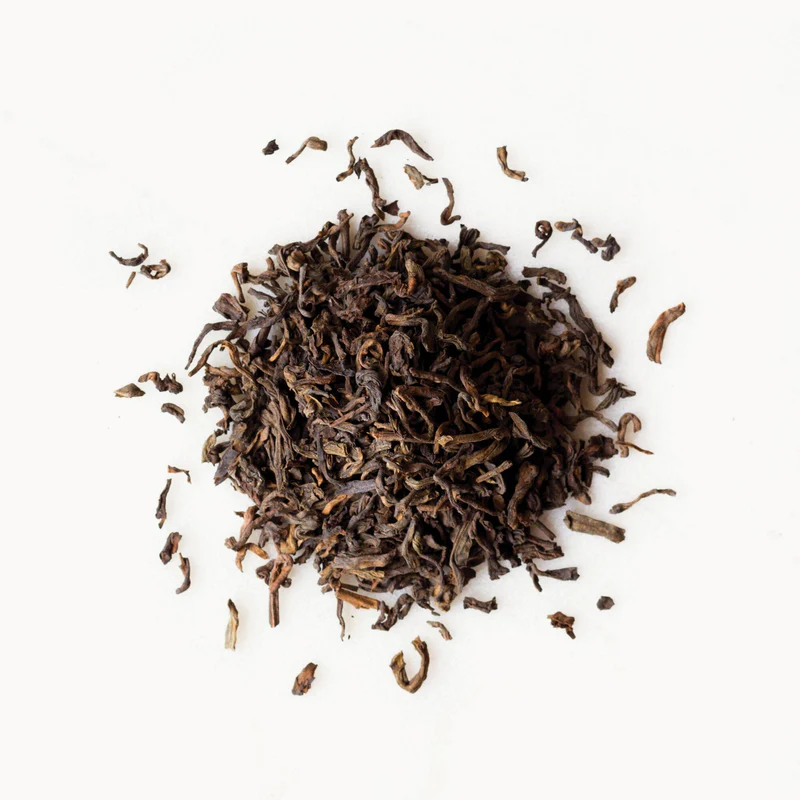

Pu’er Classic
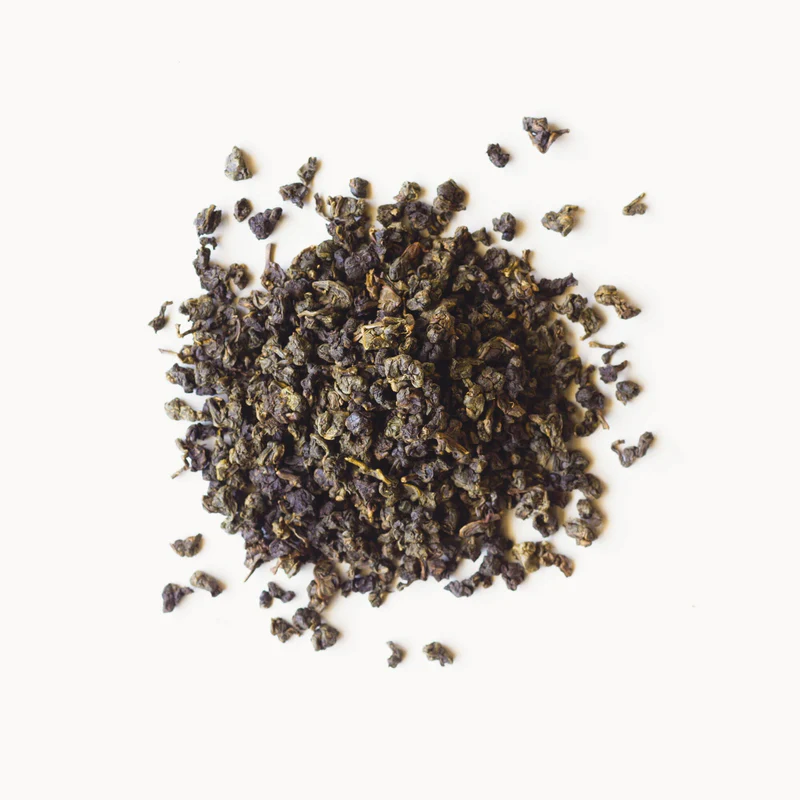
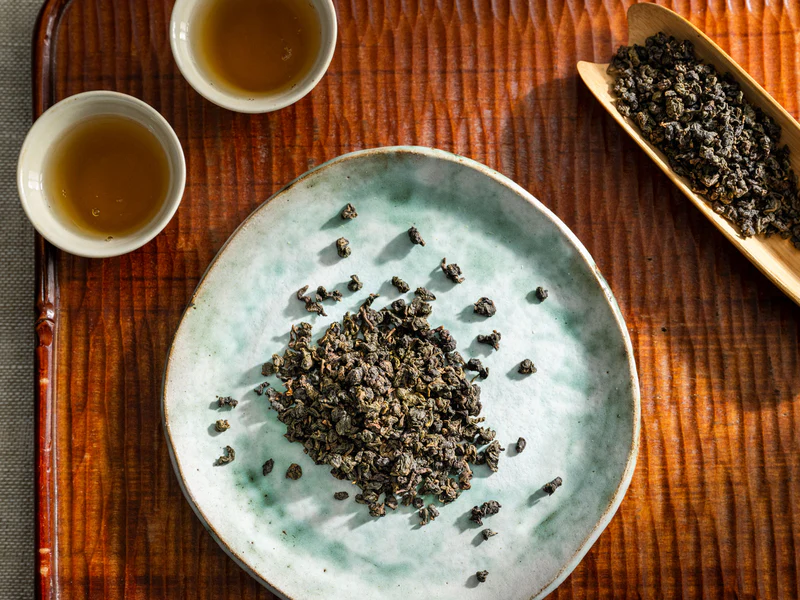

Iron Goddess of Mercy
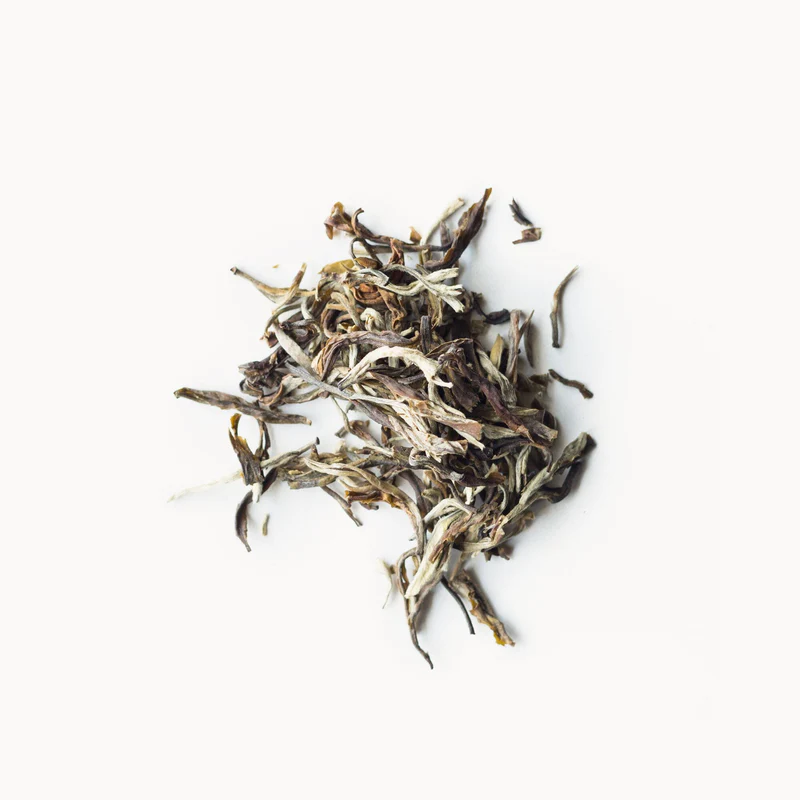
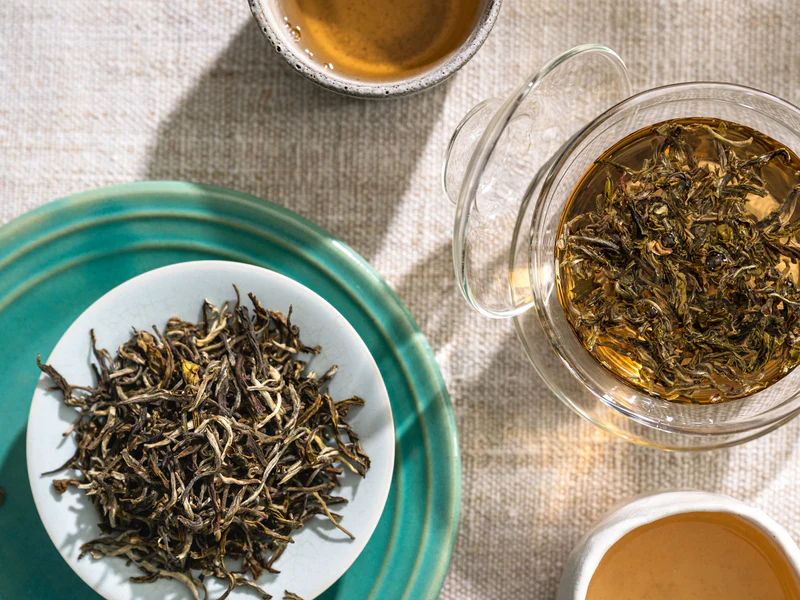
Moonlight Jasmine
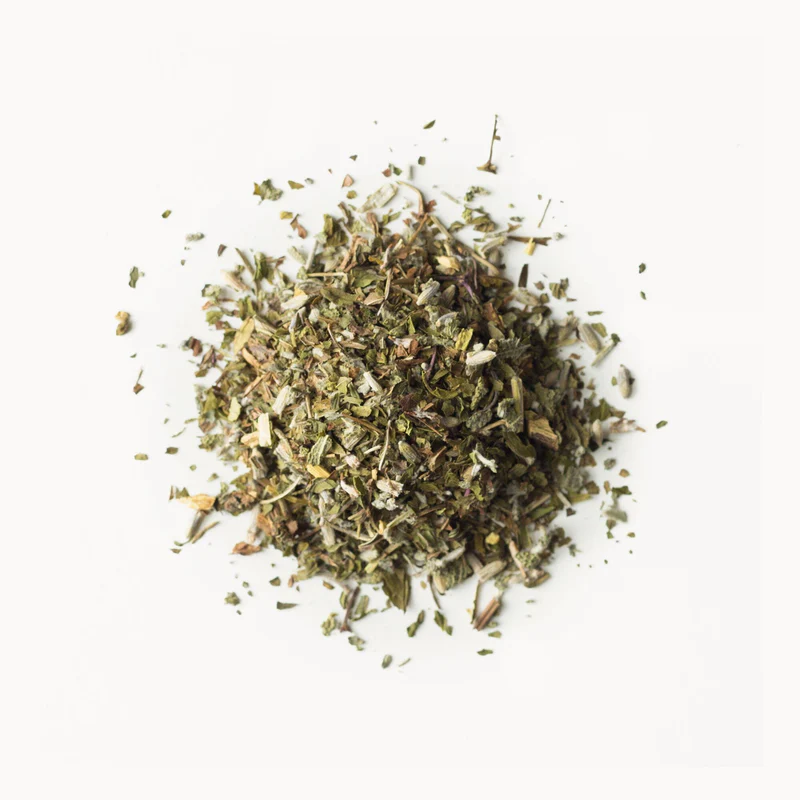
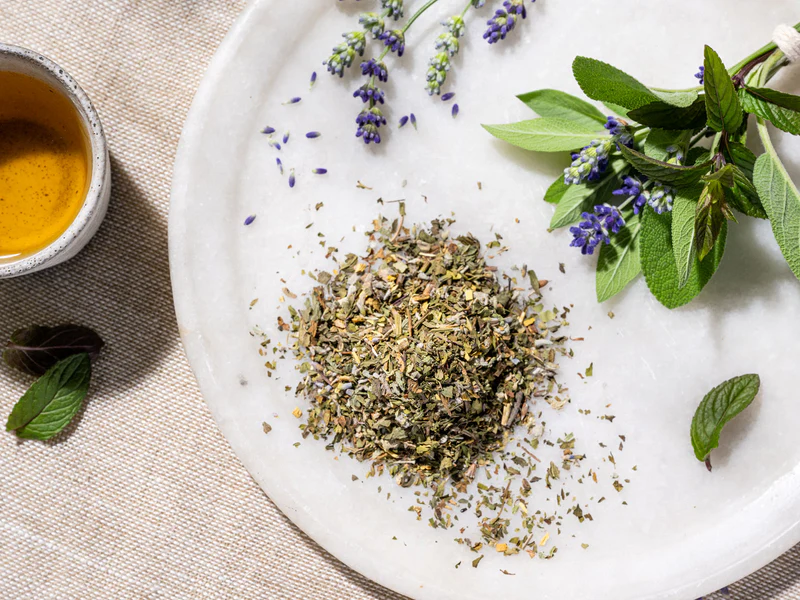
Lavender Mint
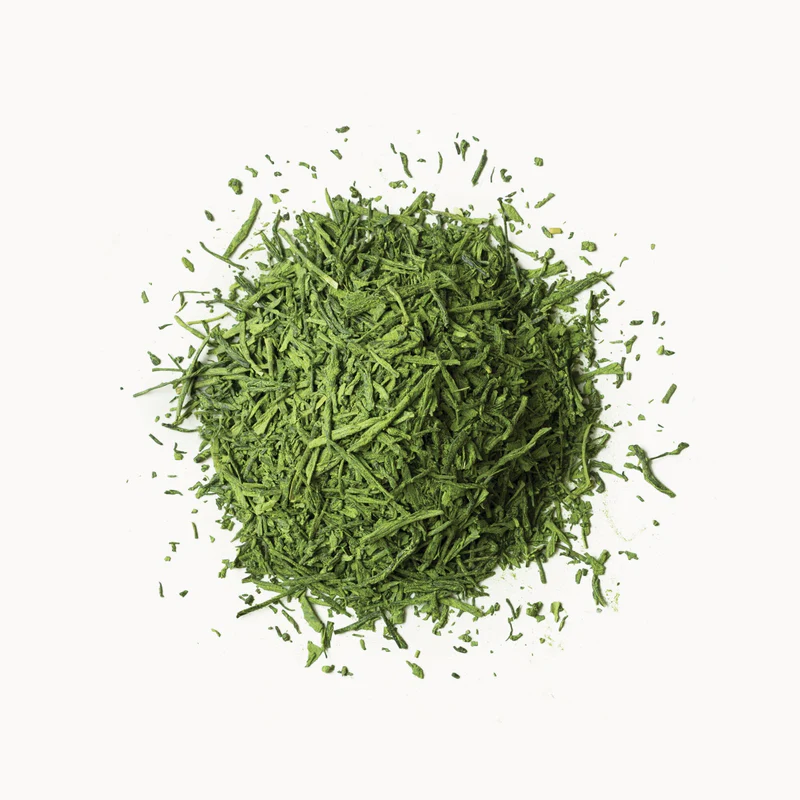
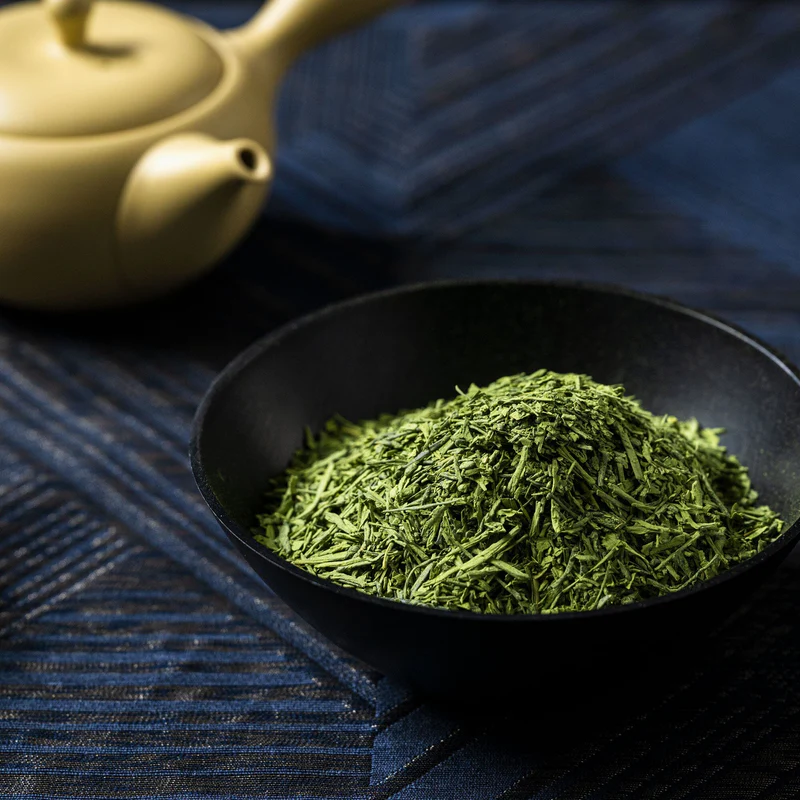

Matcha Super Green
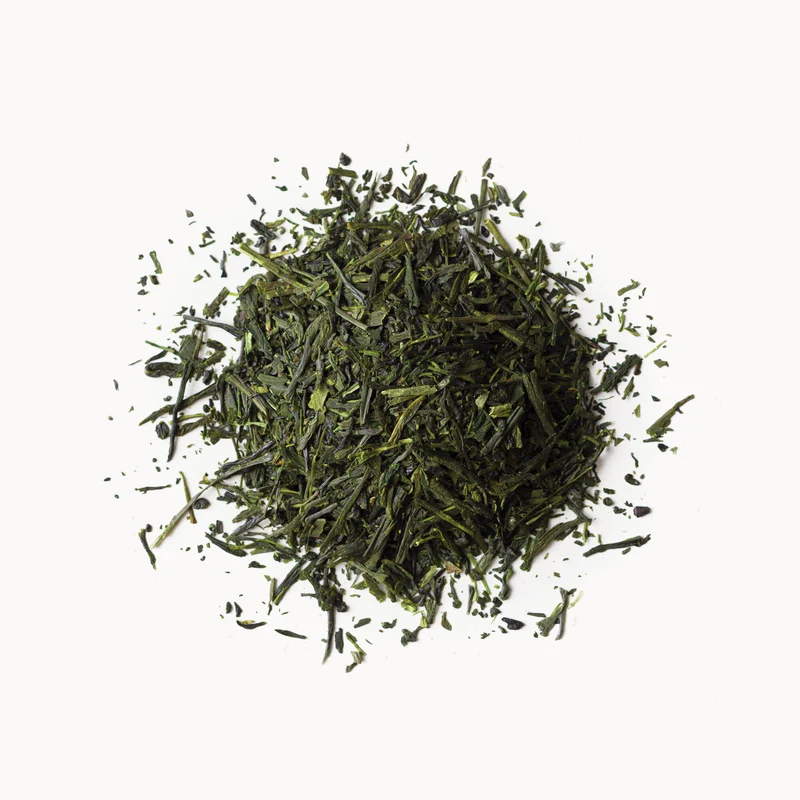
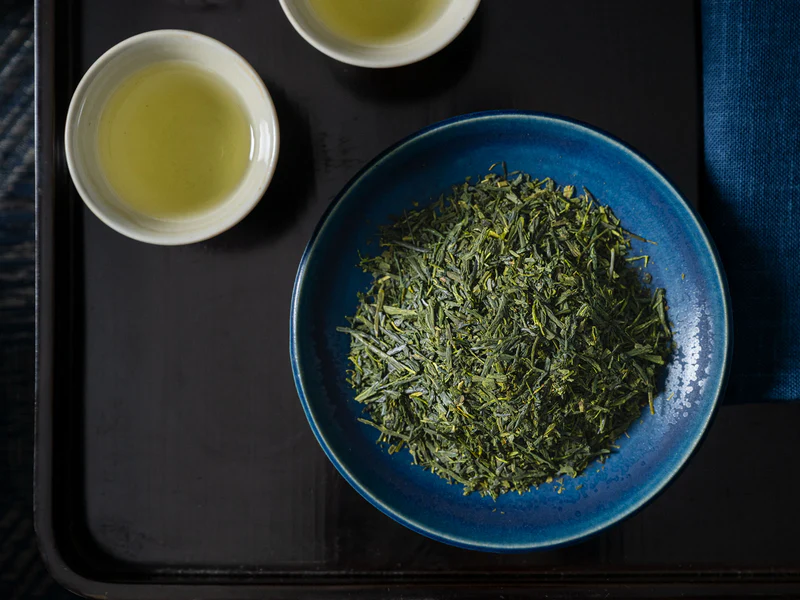
Sencha Superior
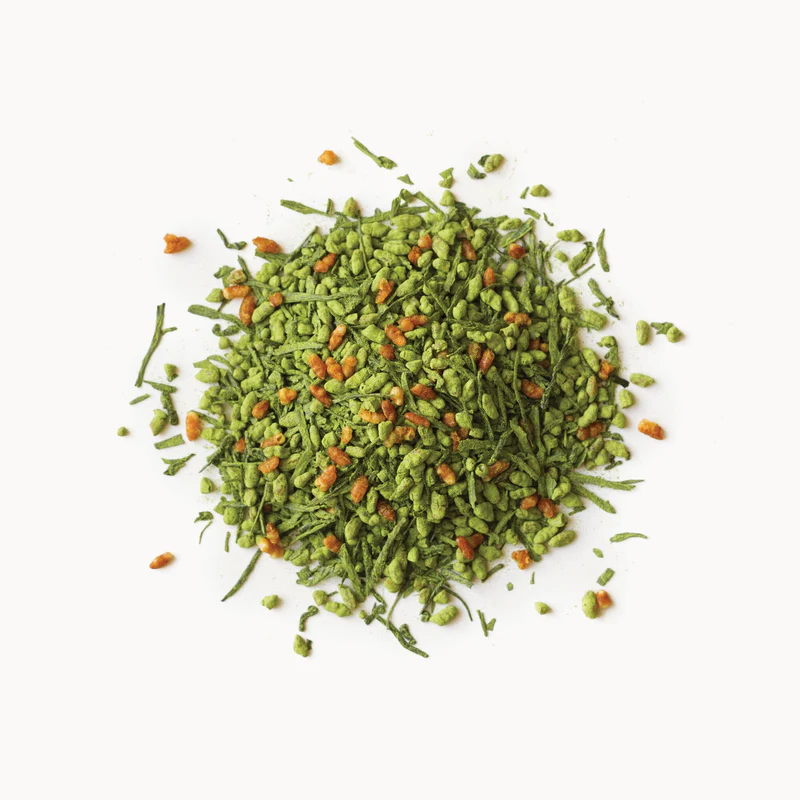
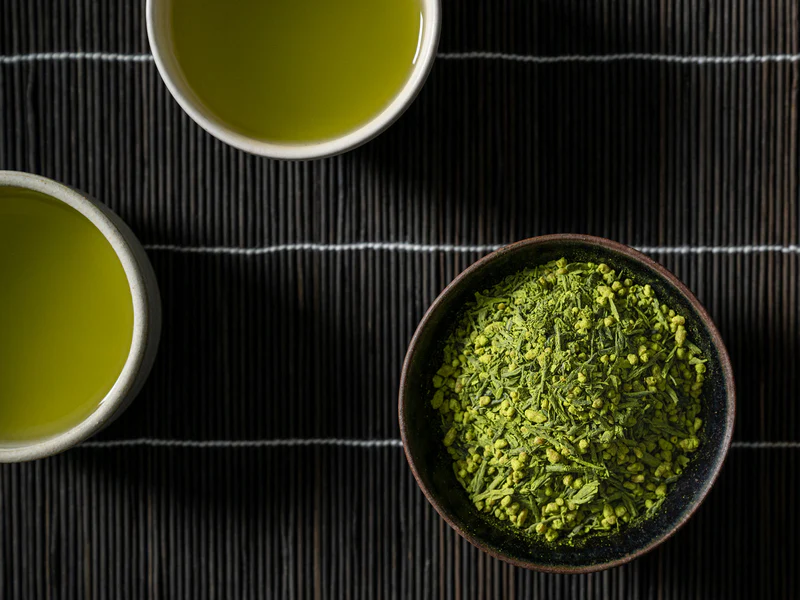

Matcha Genmaicha
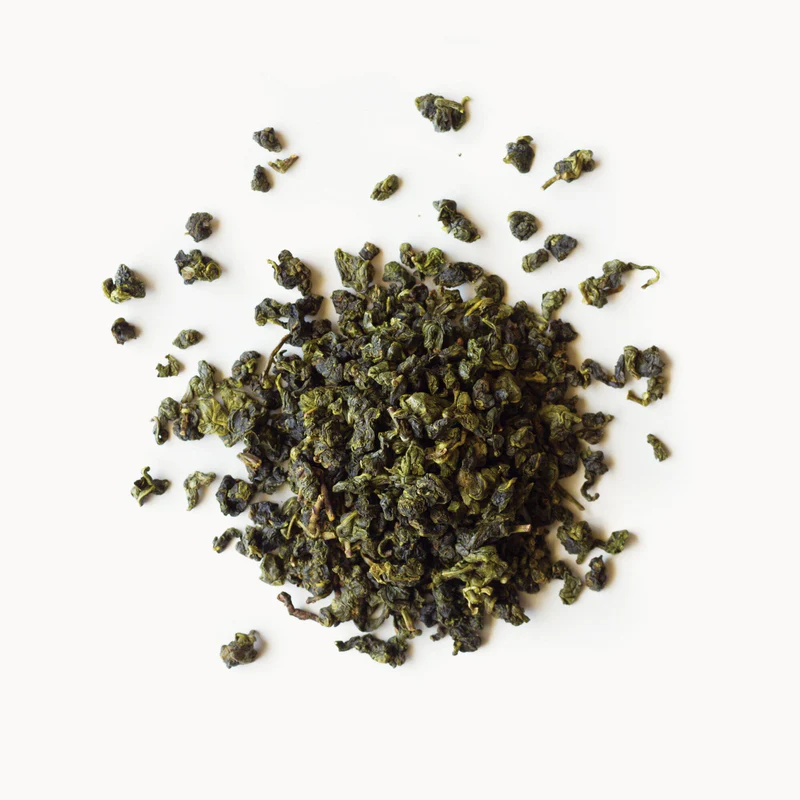
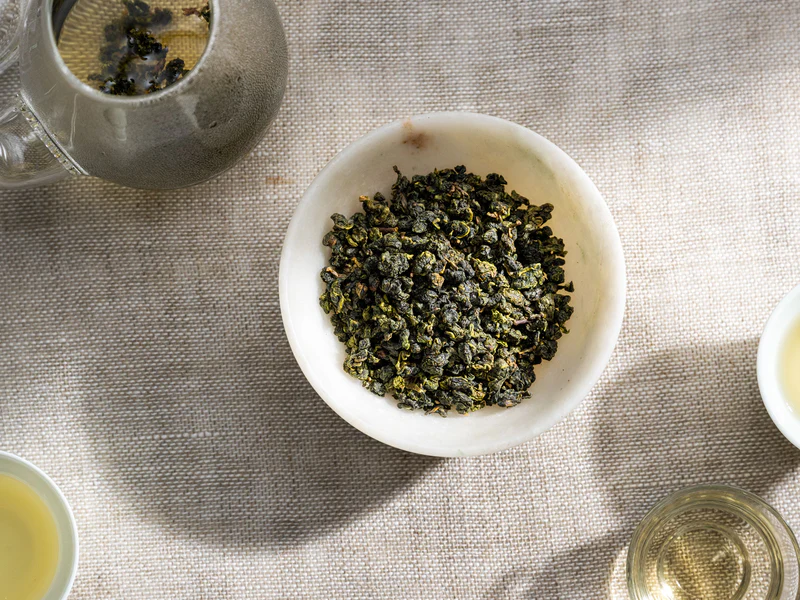
Four Seasons Spring
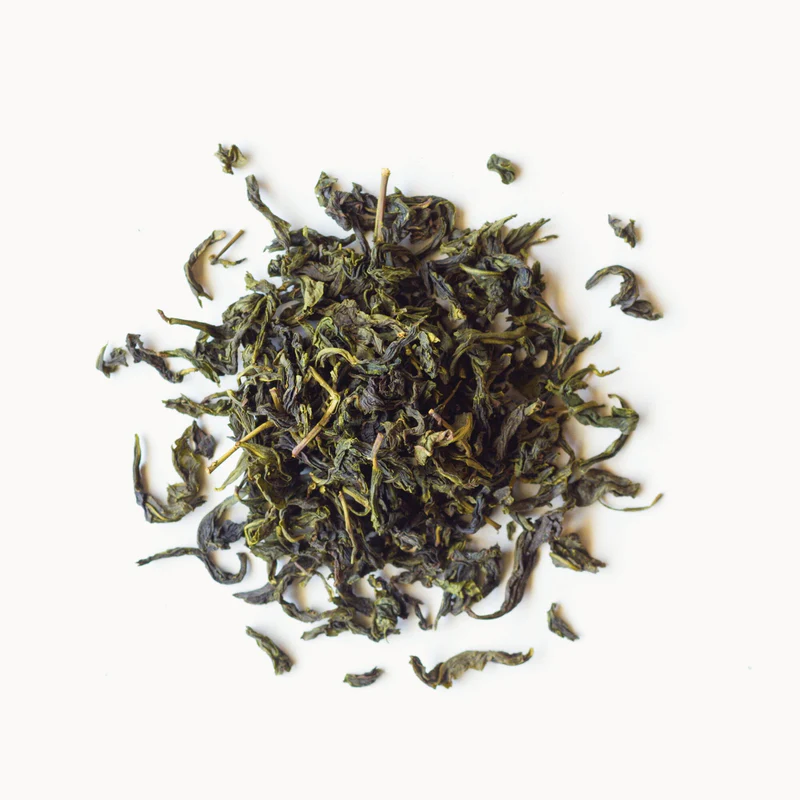
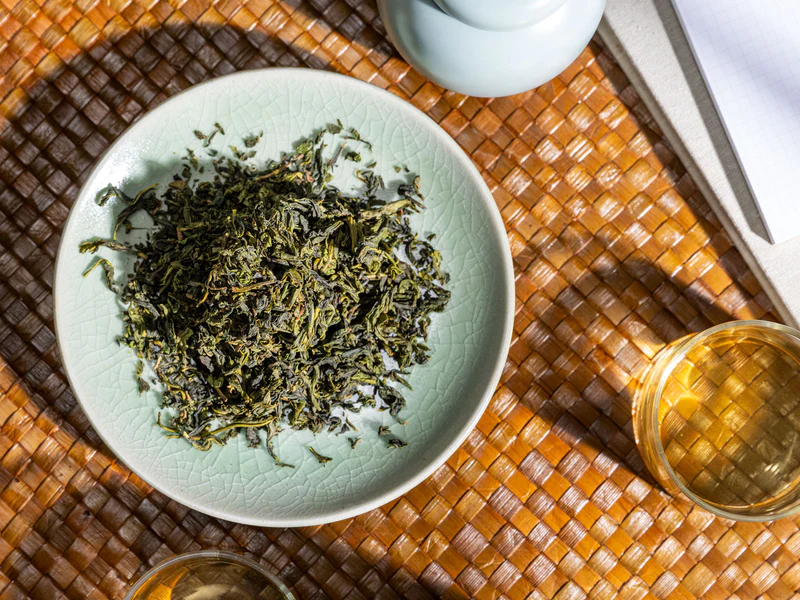
Bergamot Oolong
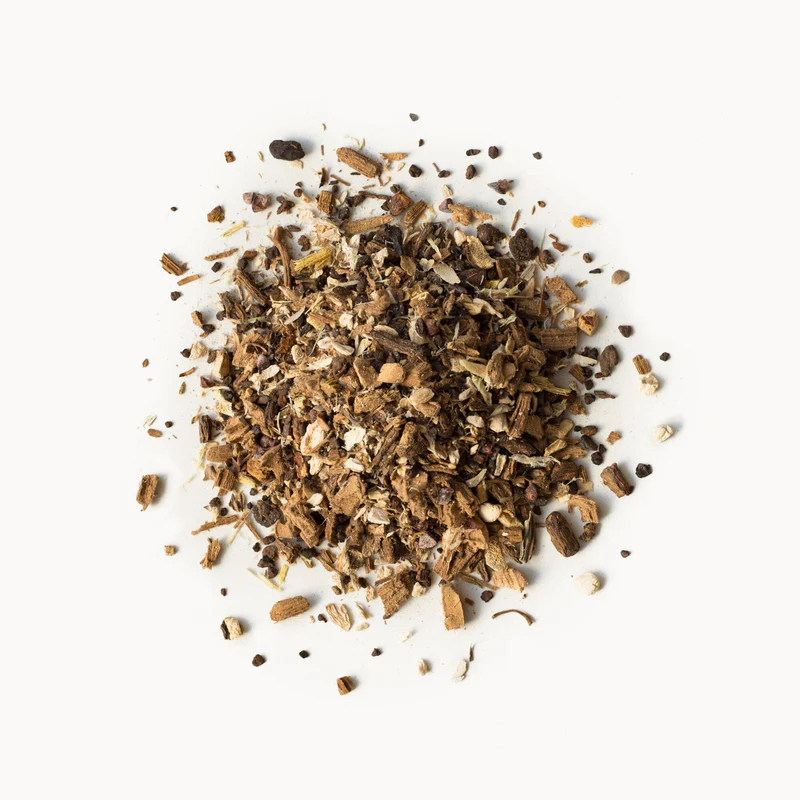
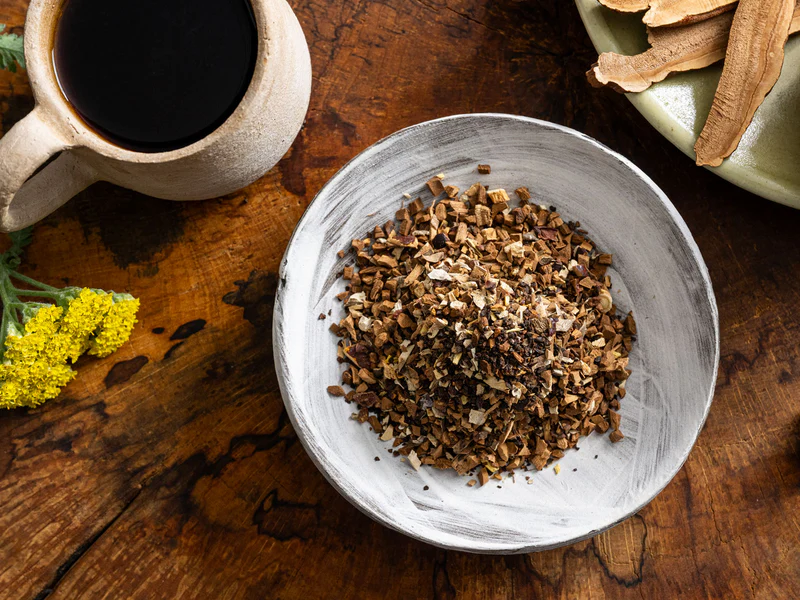
Mushroom Hero
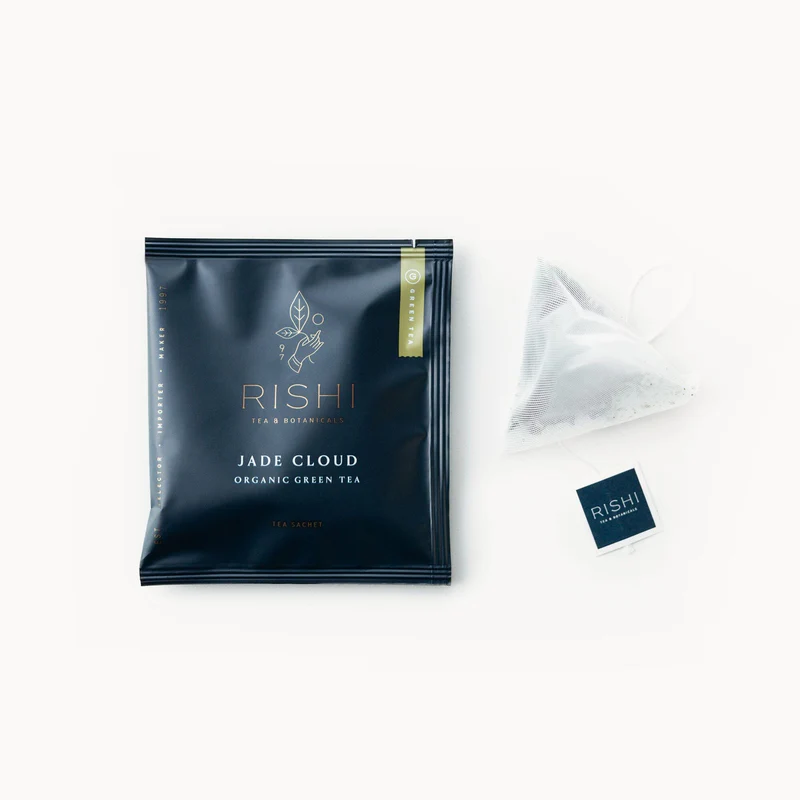
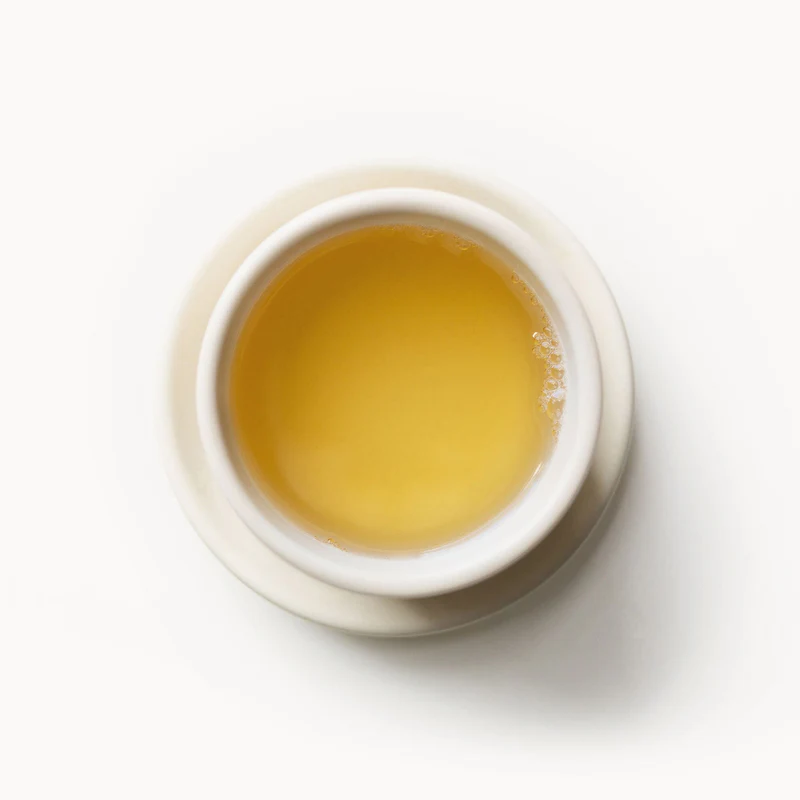
Jade Cloud
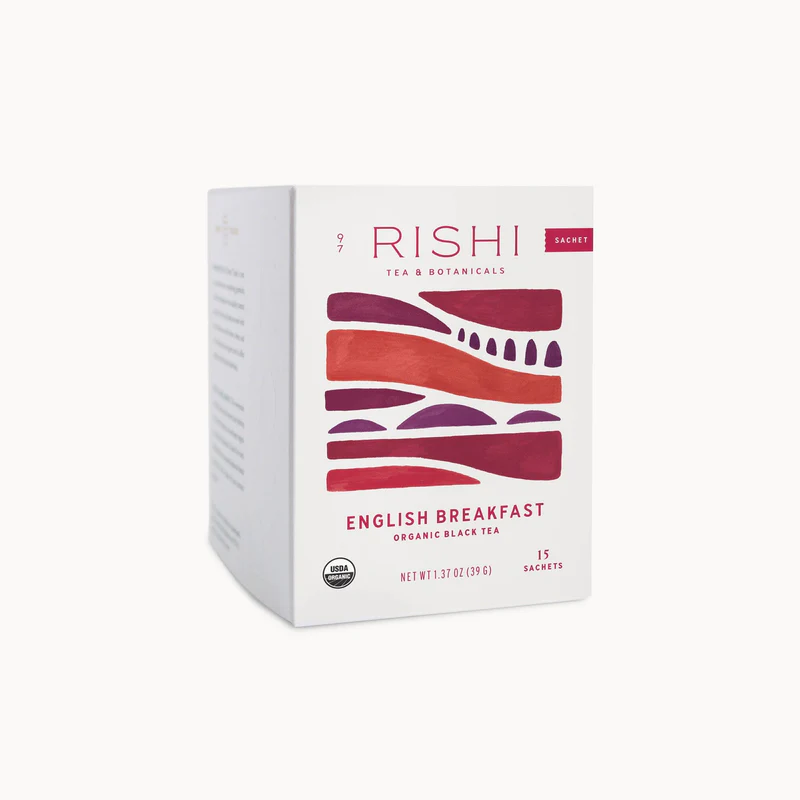
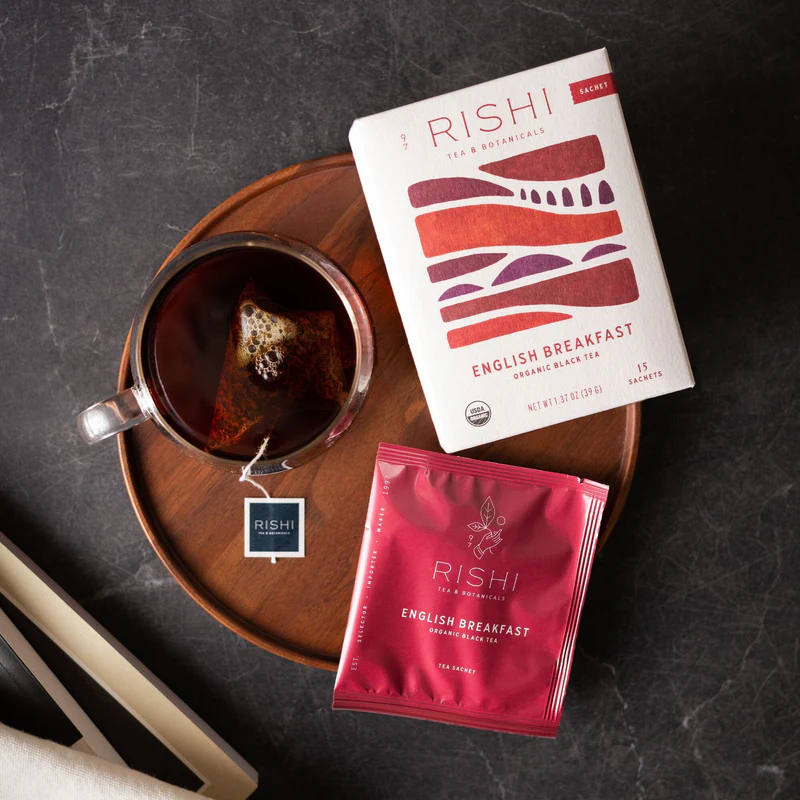
English Breakfast
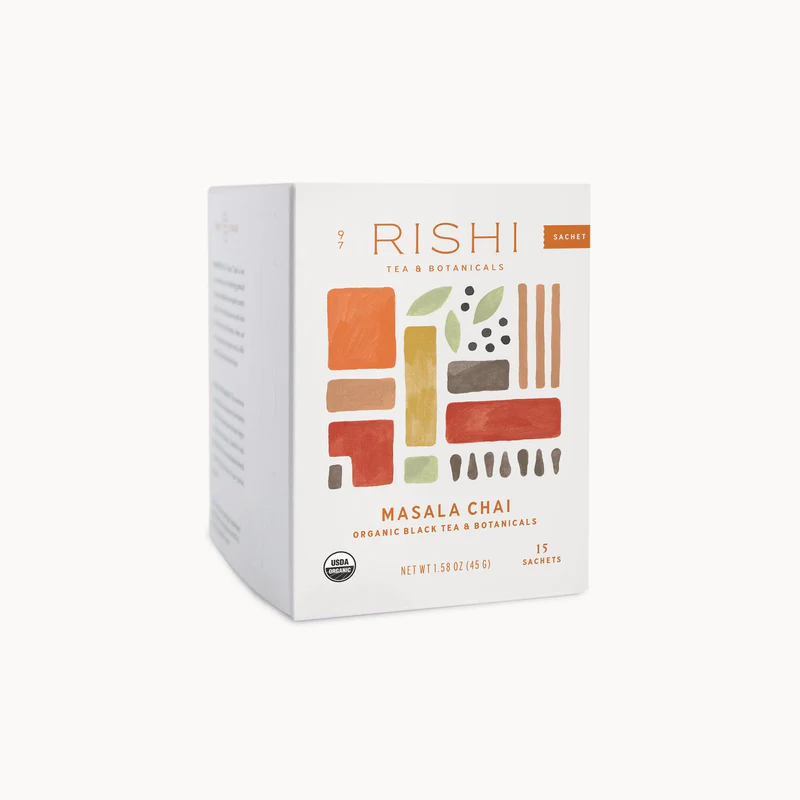
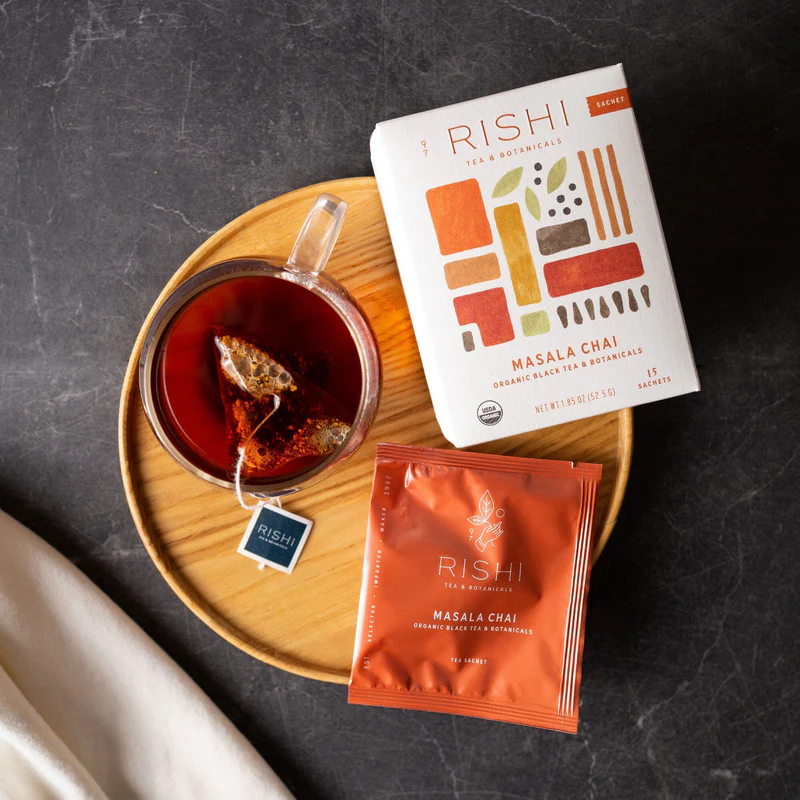
Masala Chai
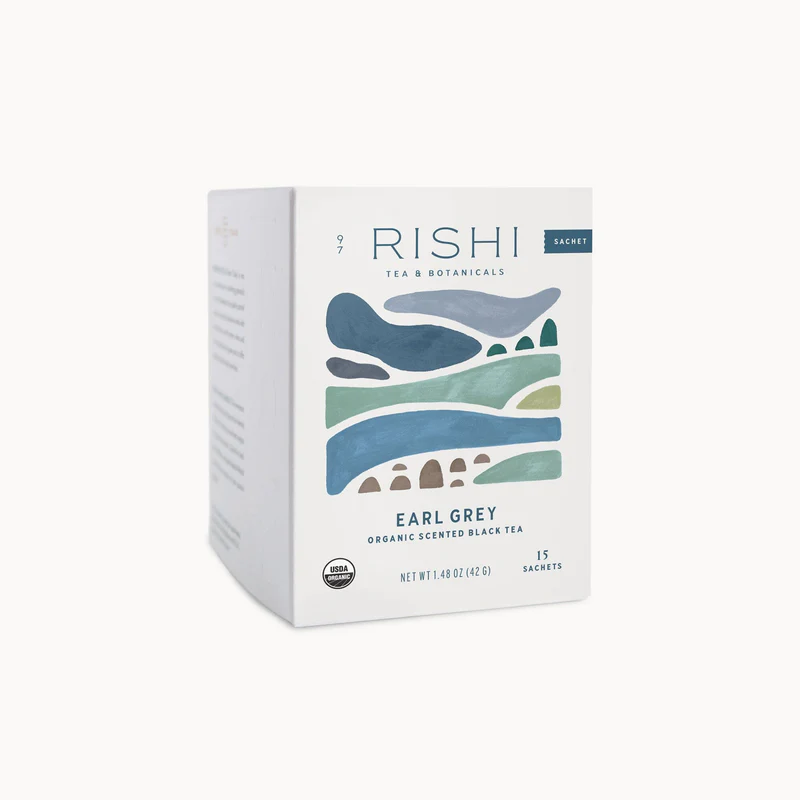
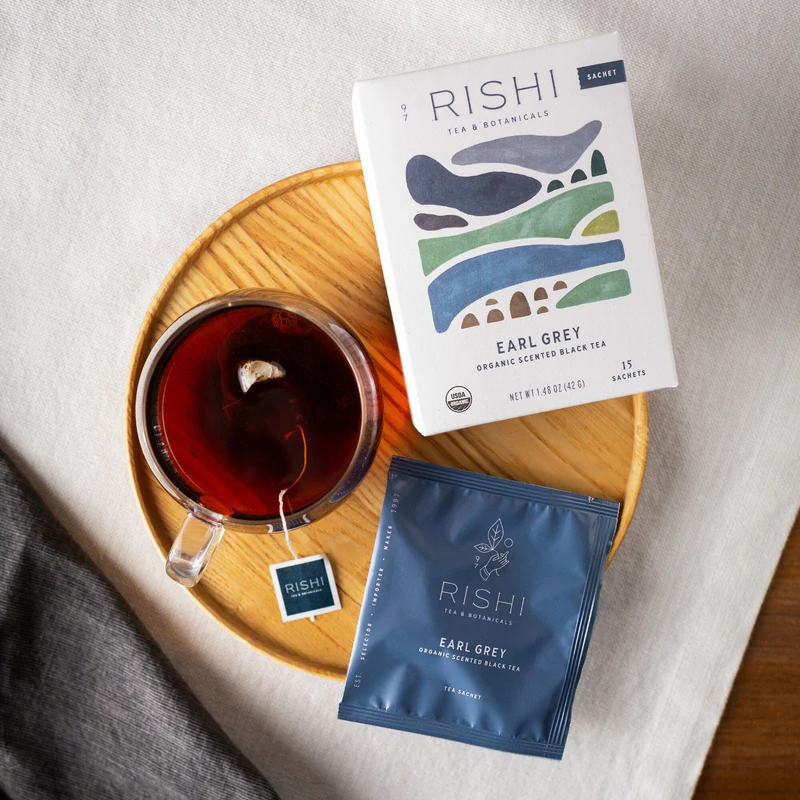
Earl Grey
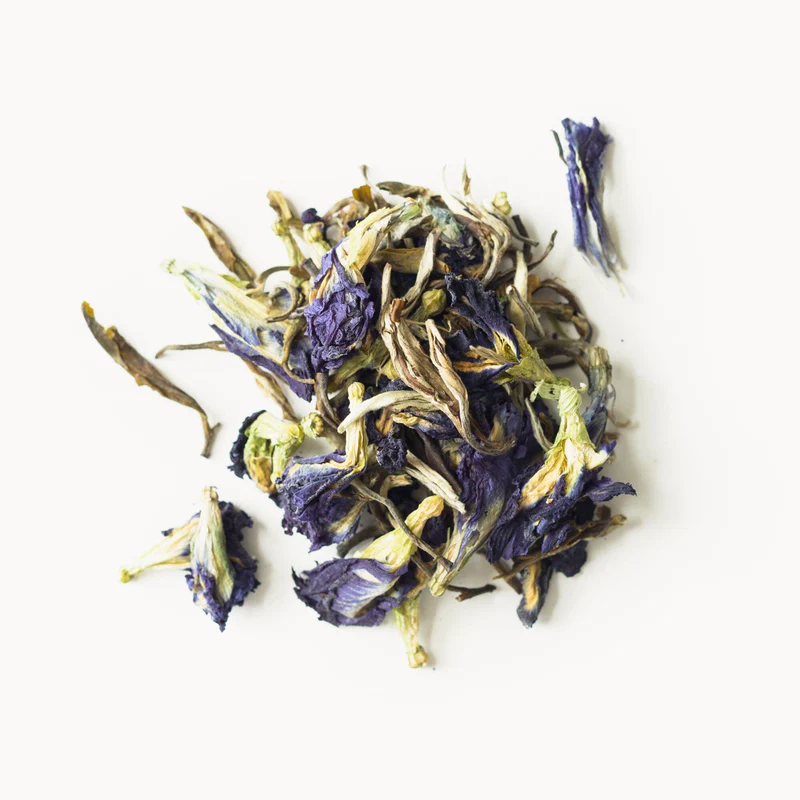
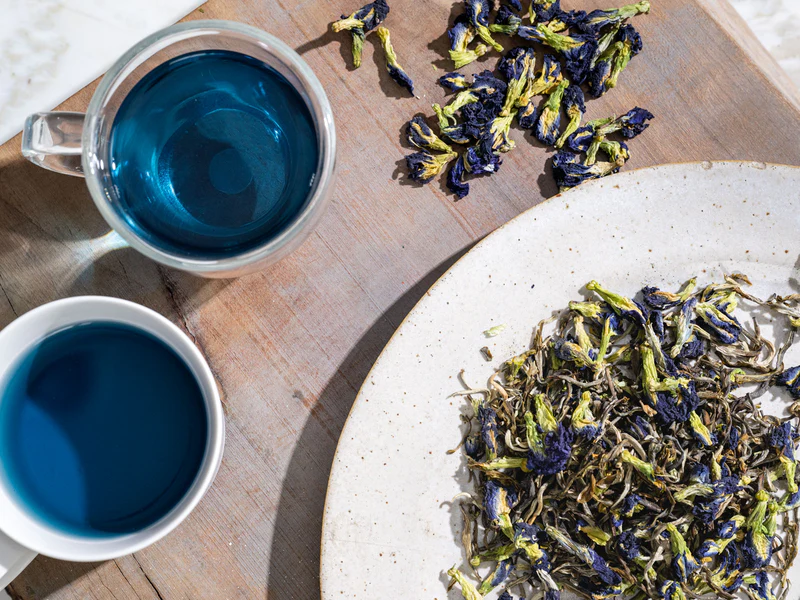
 Best Sellers
Best Sellers



